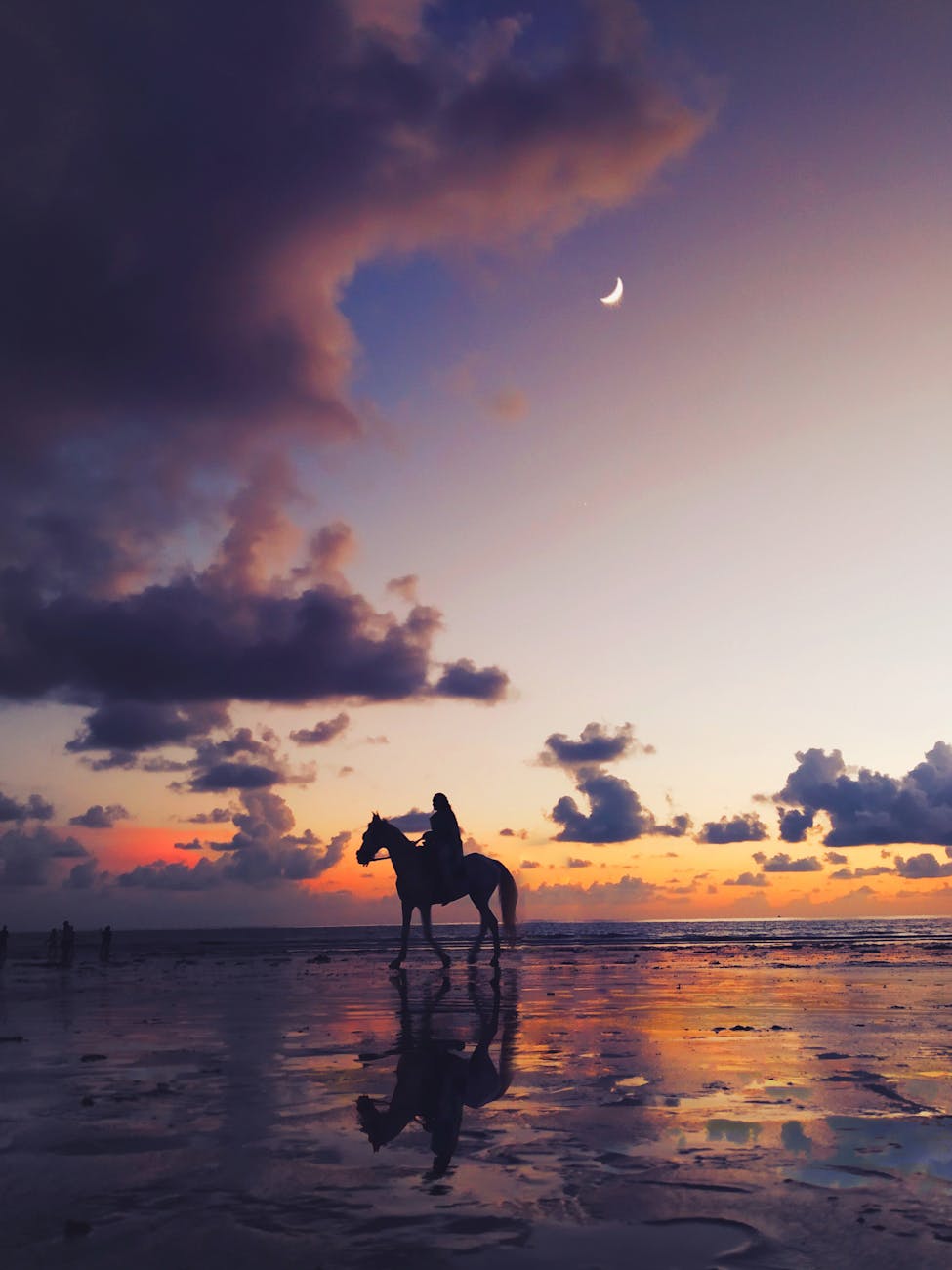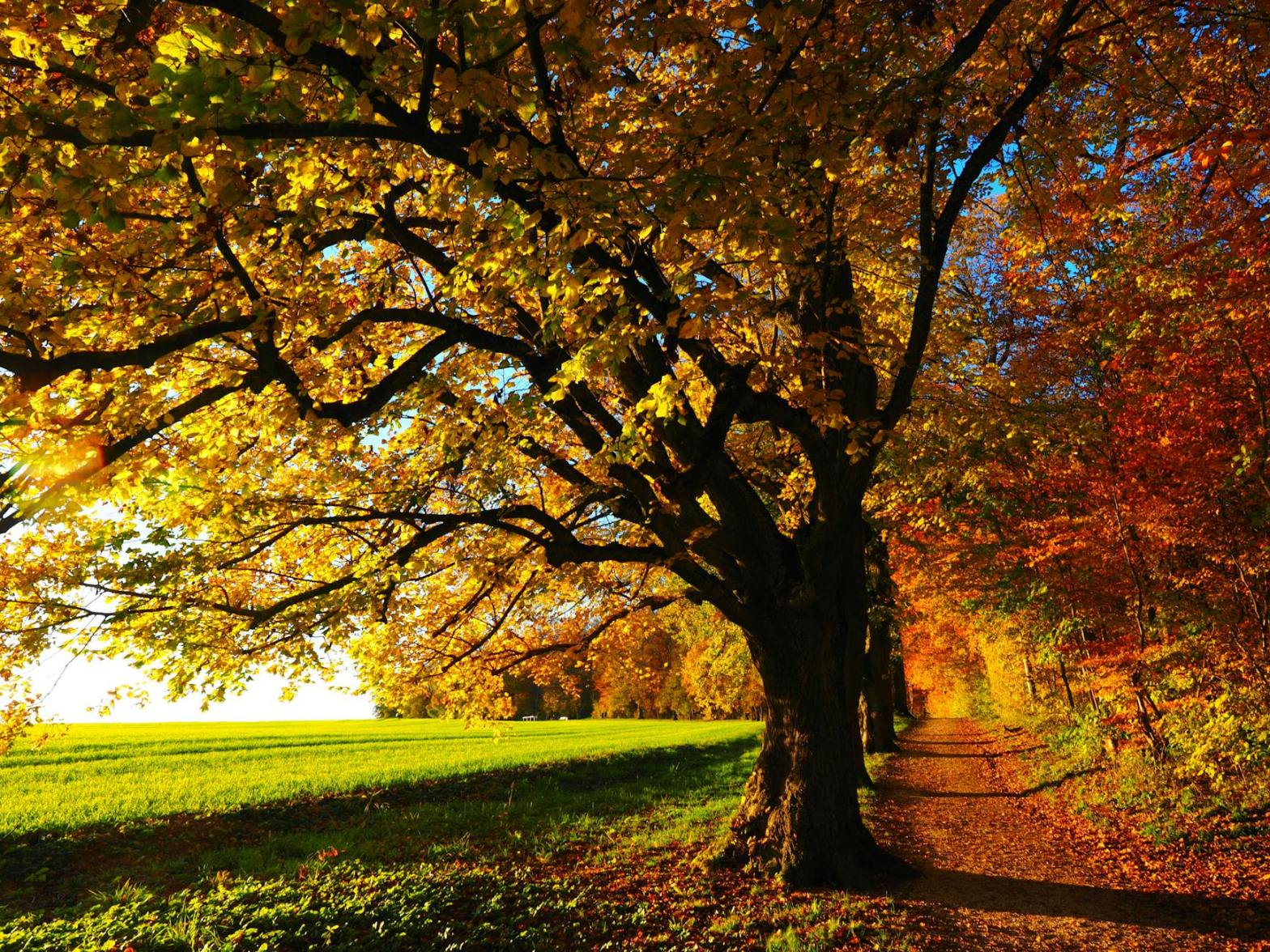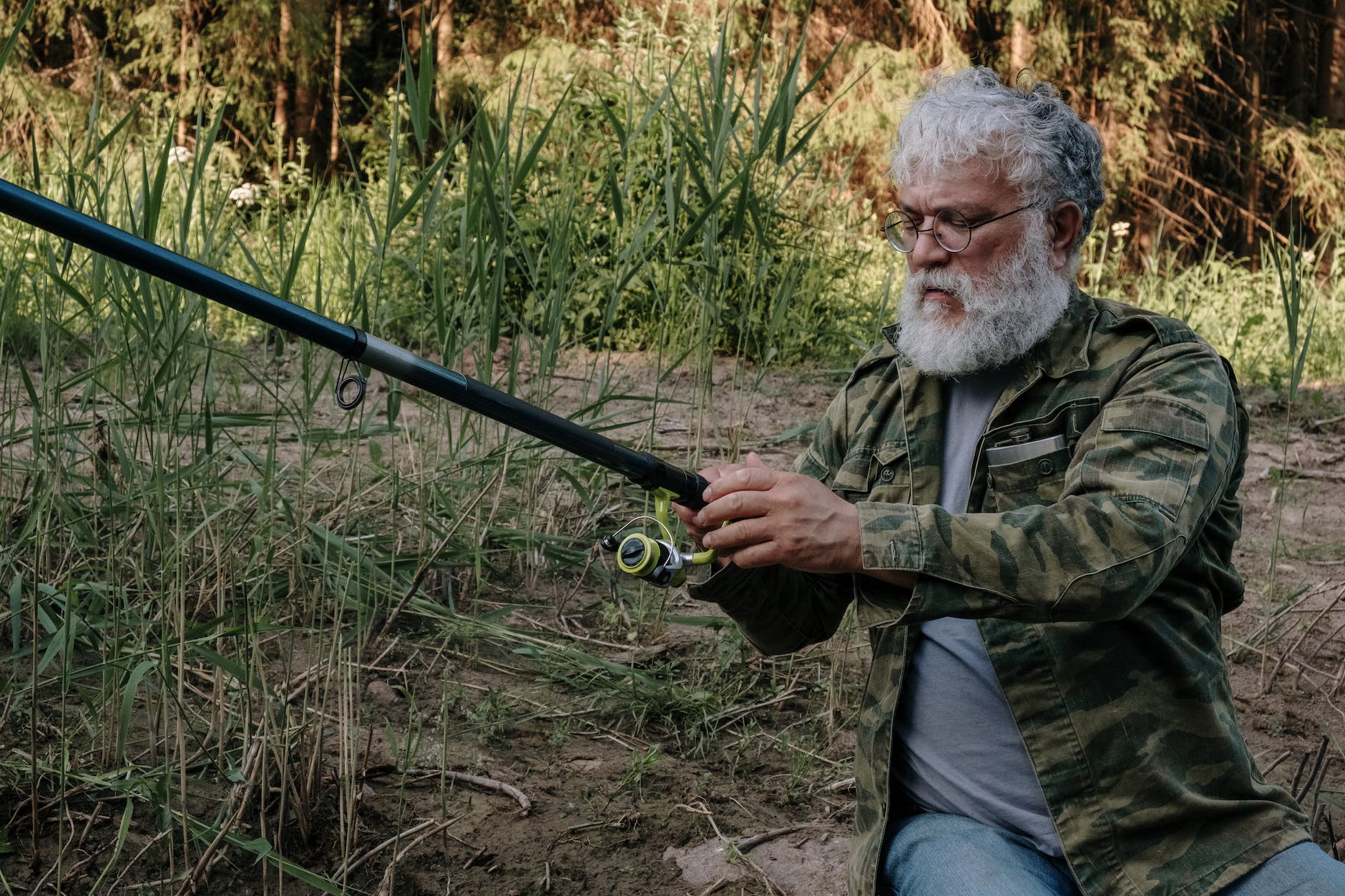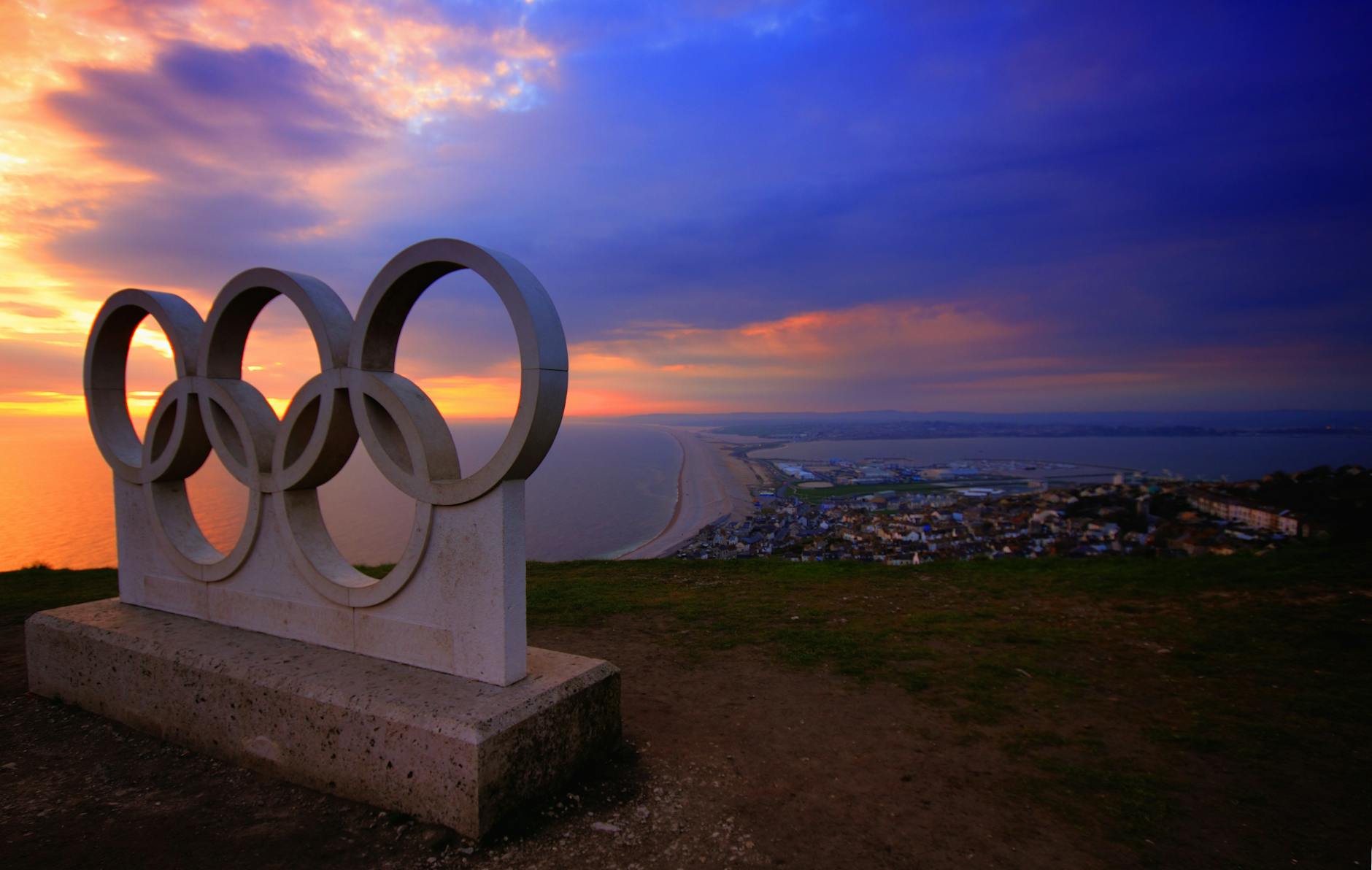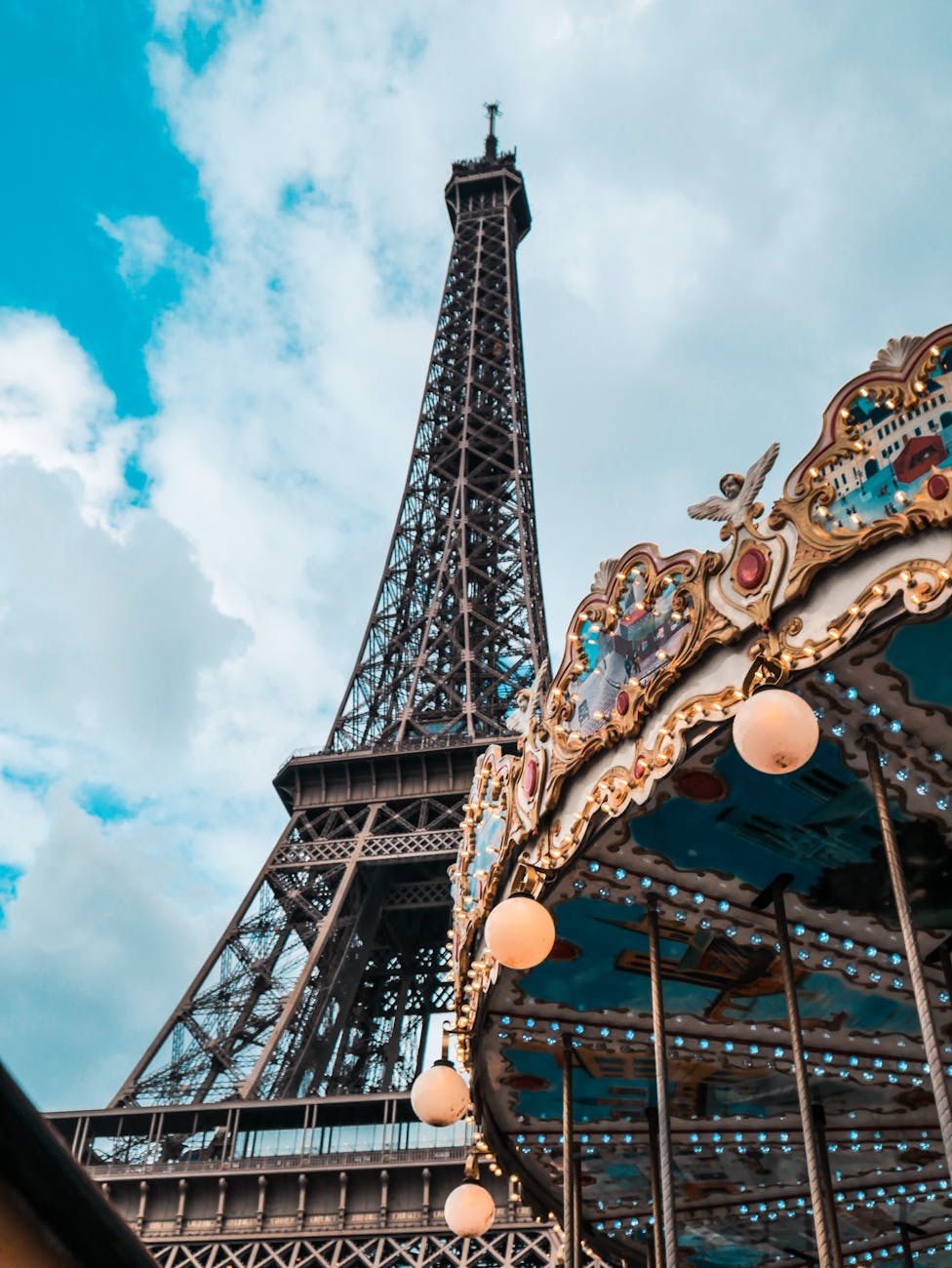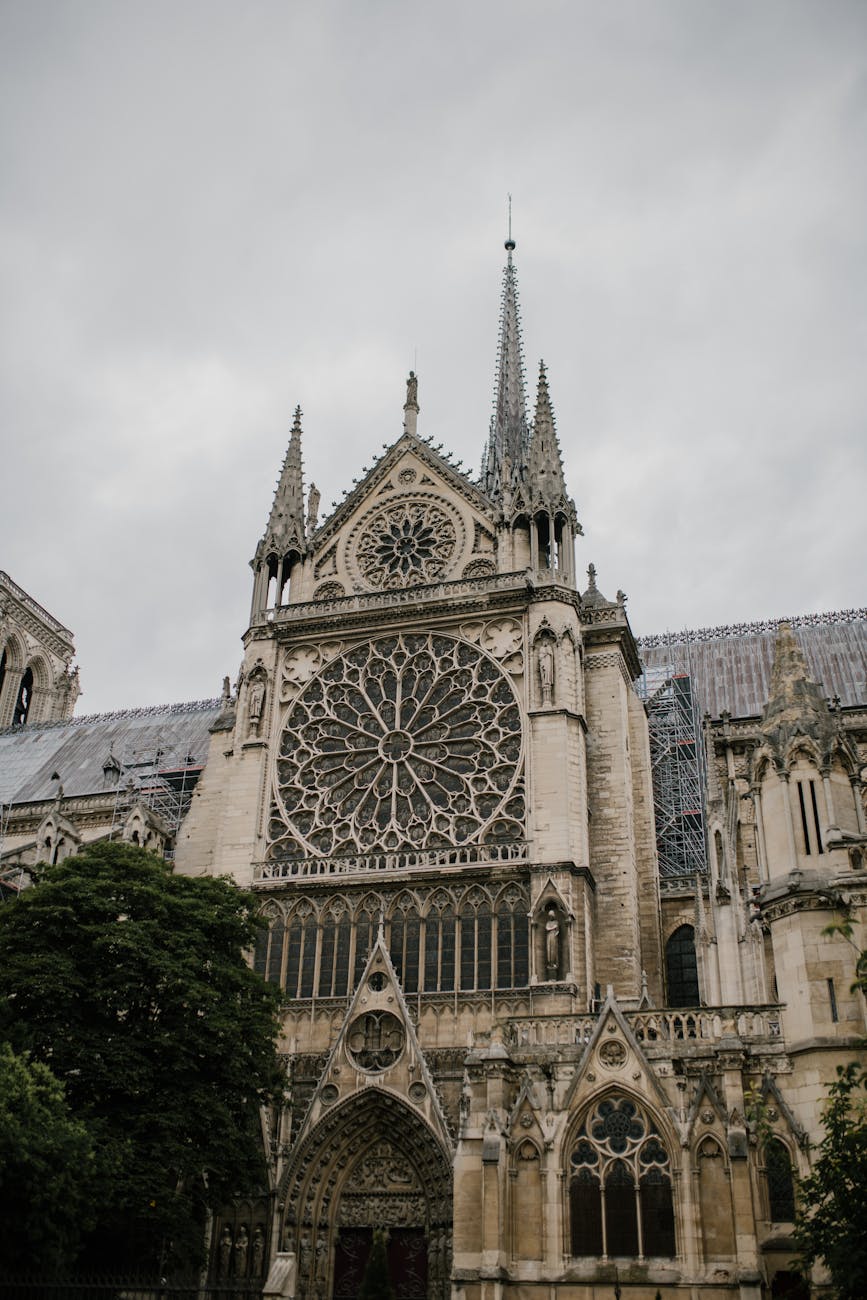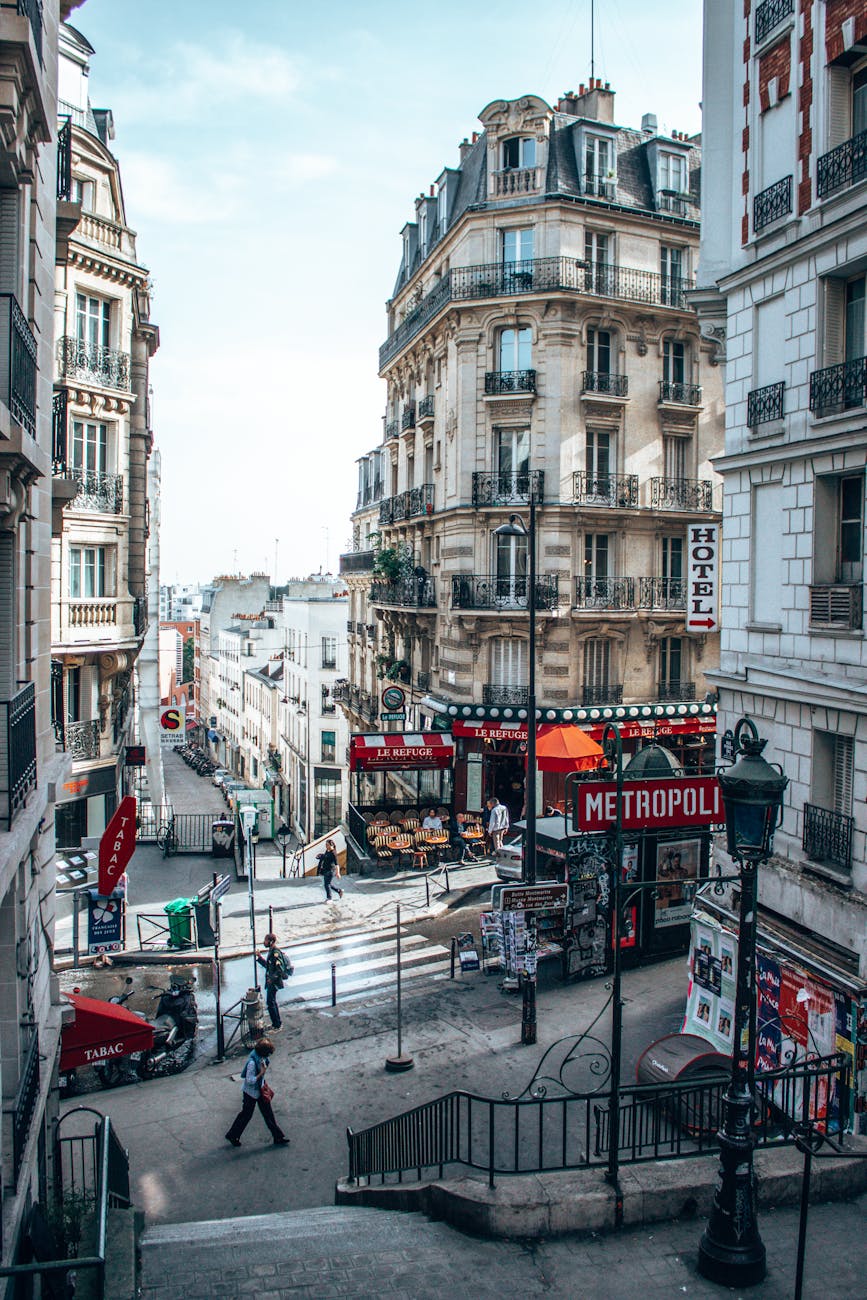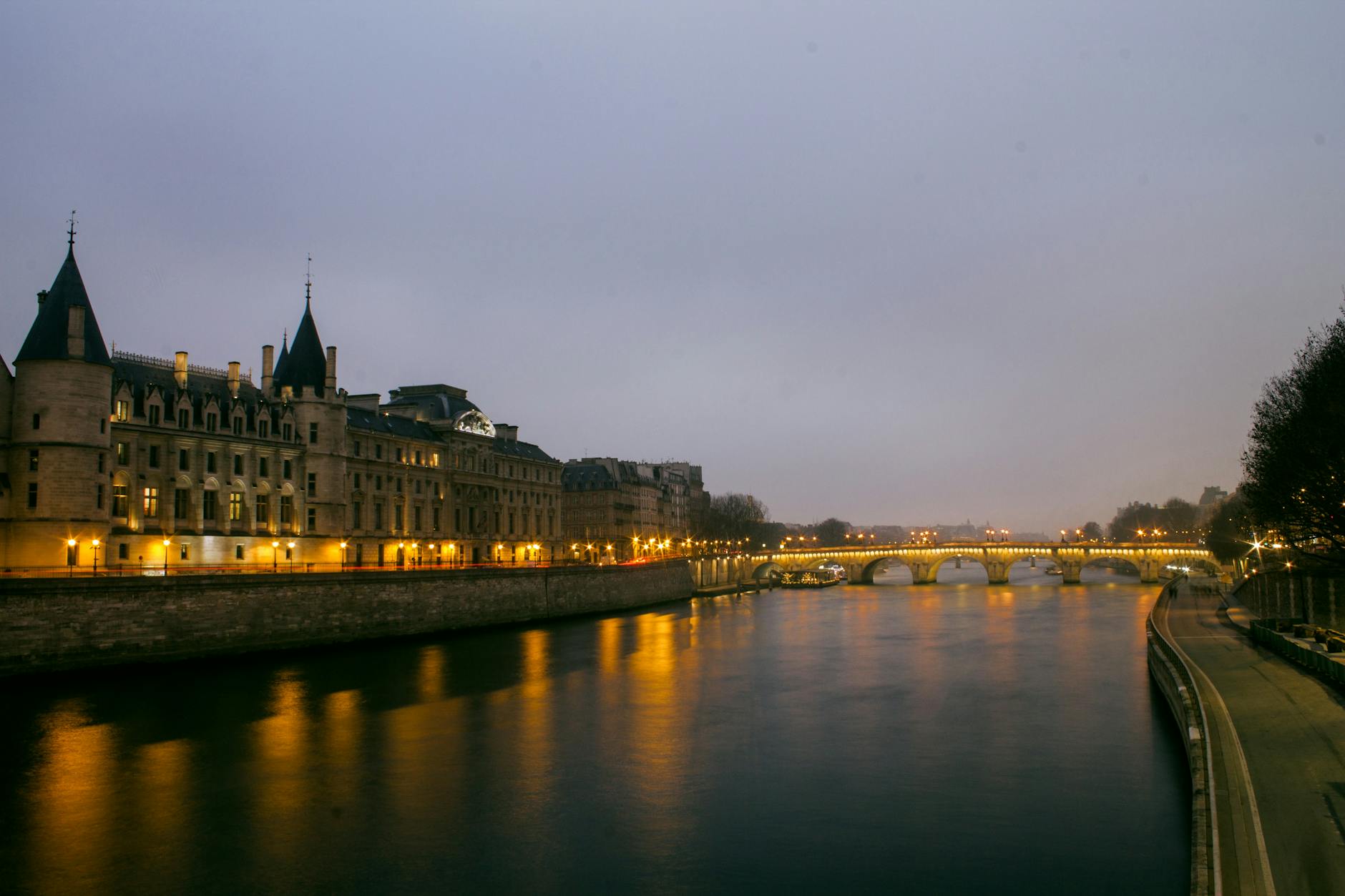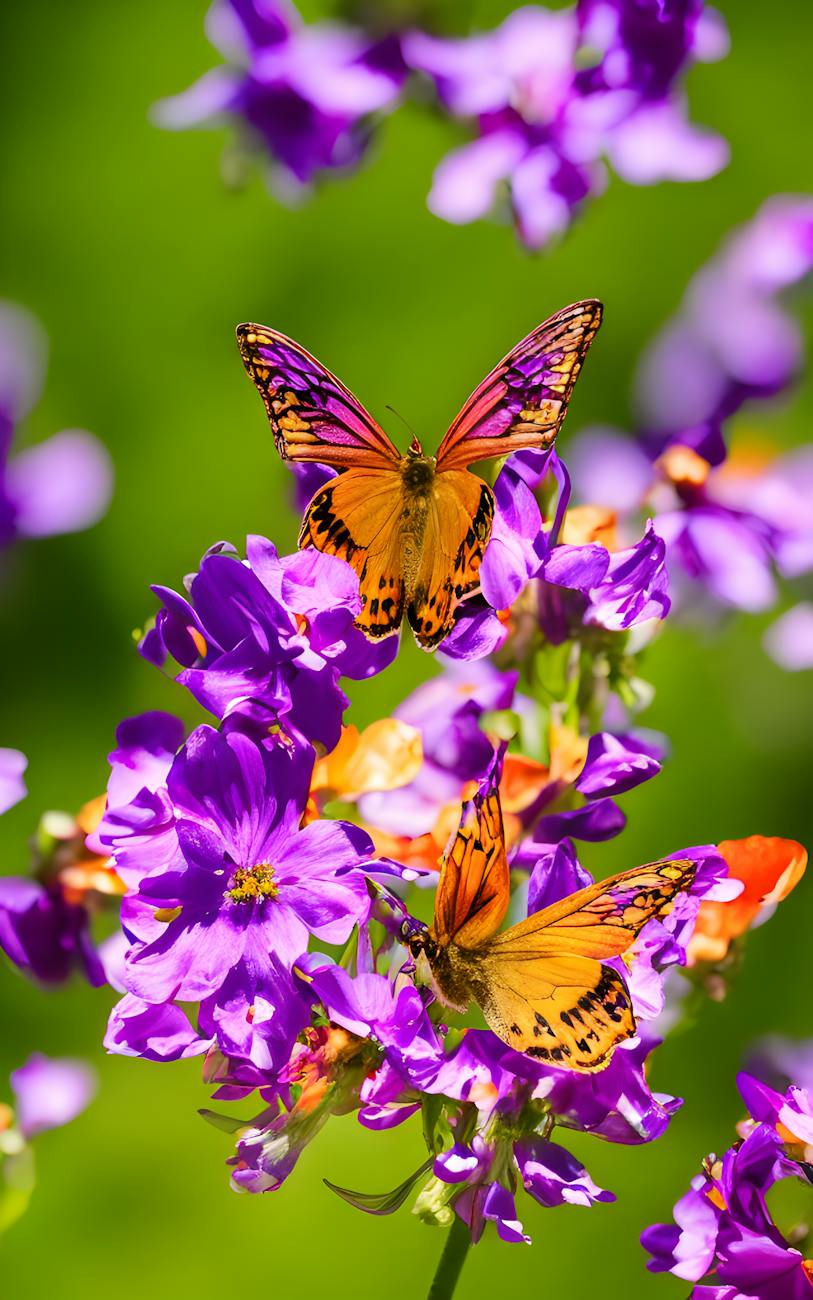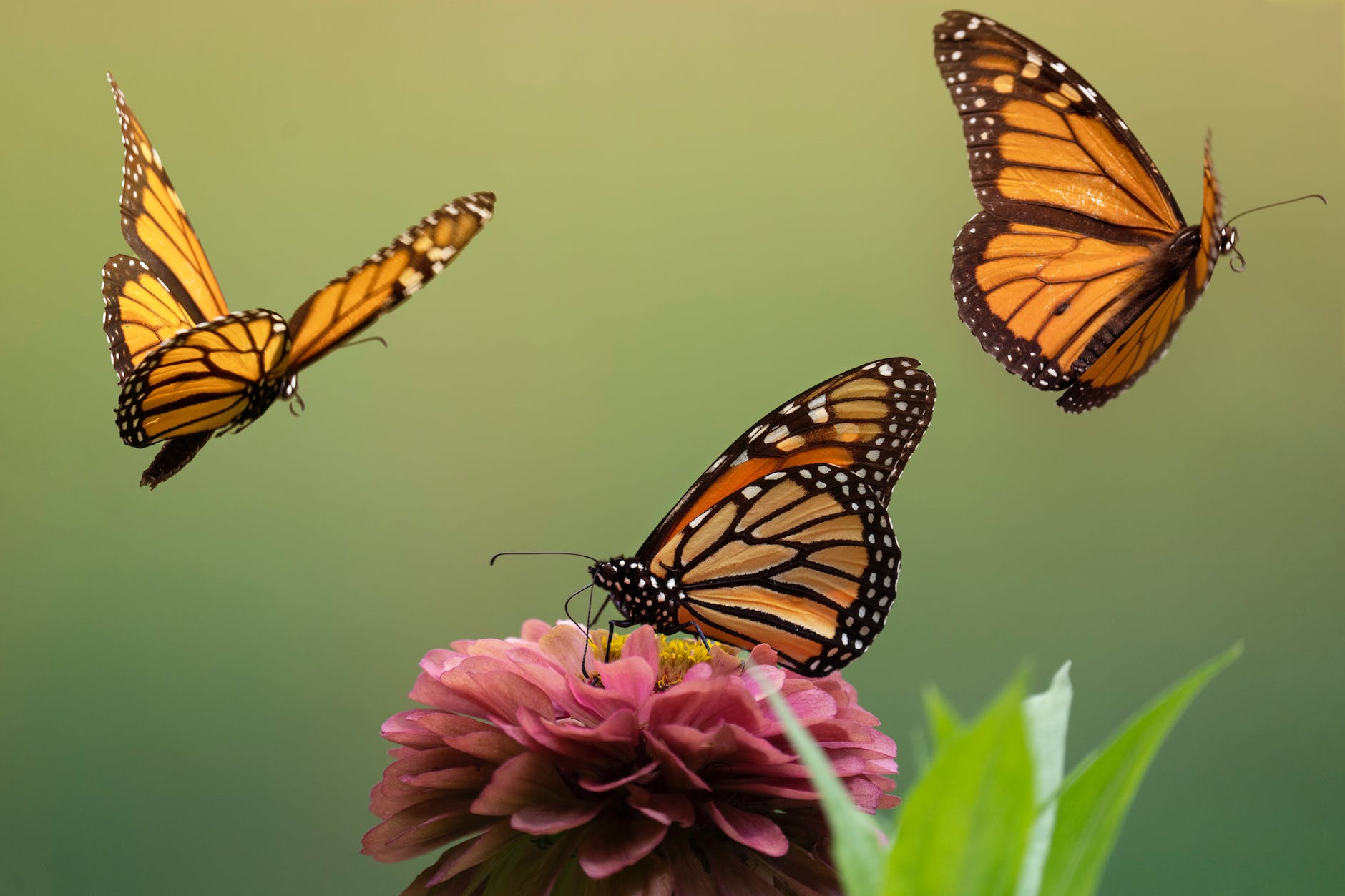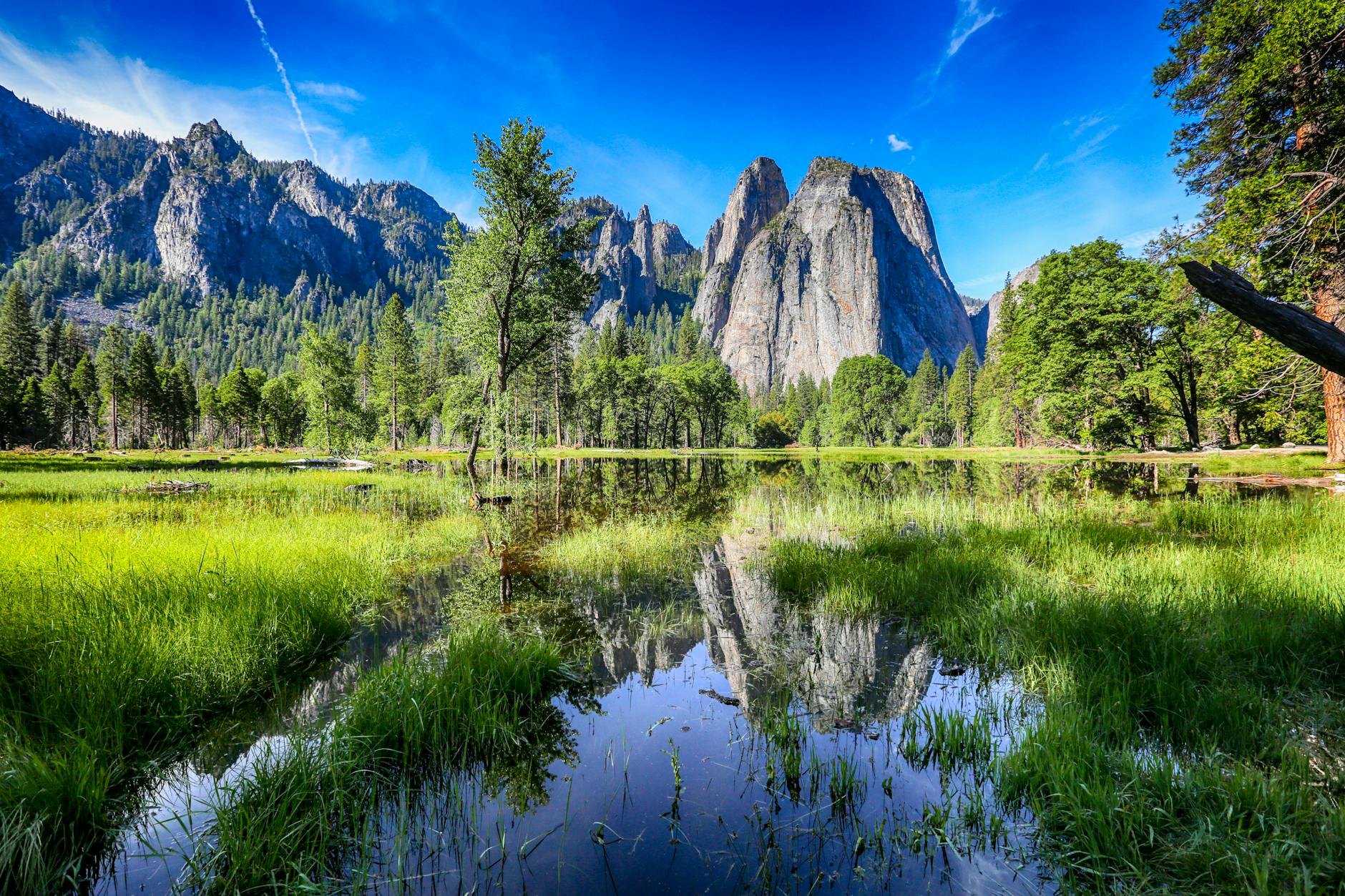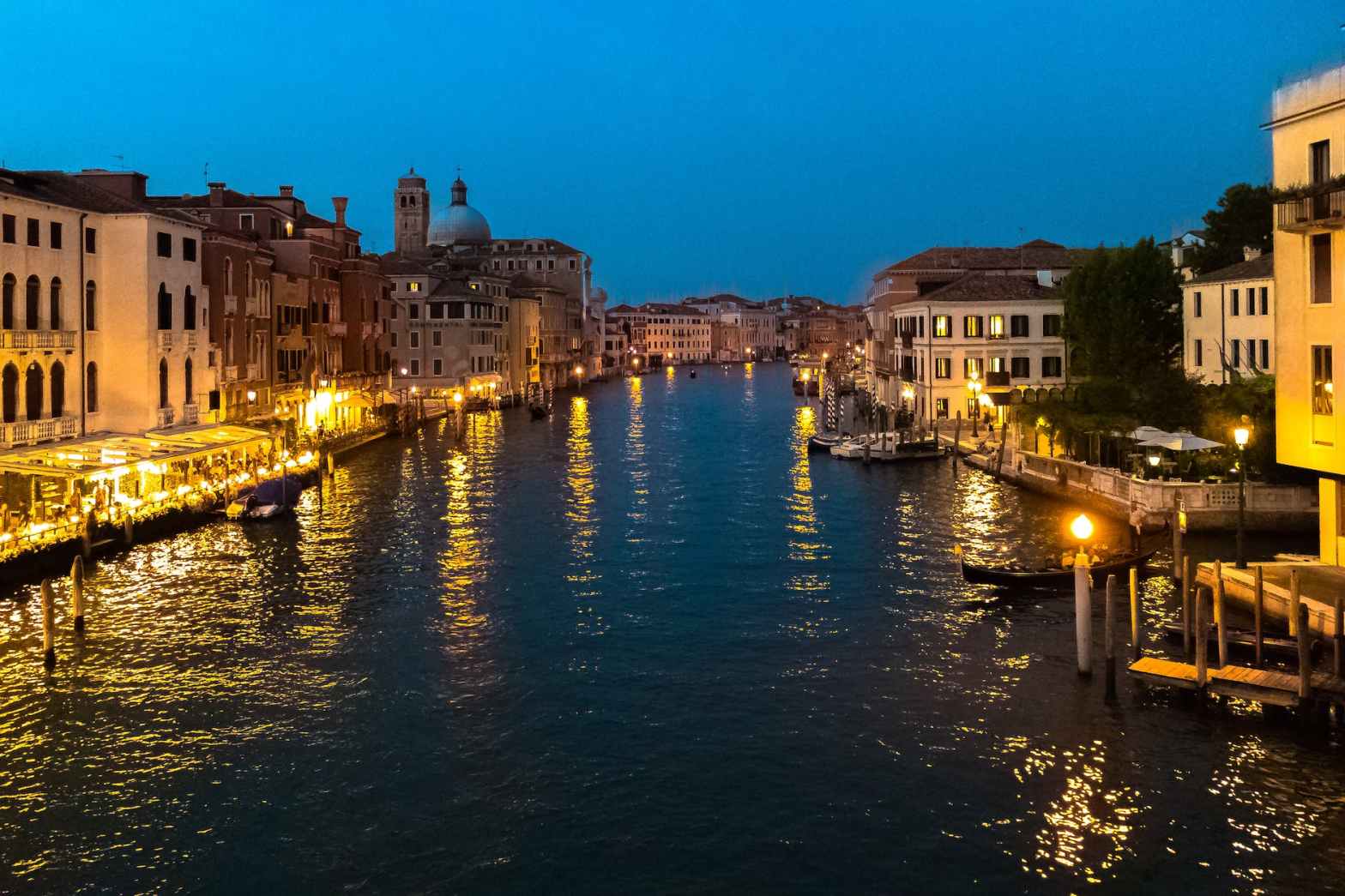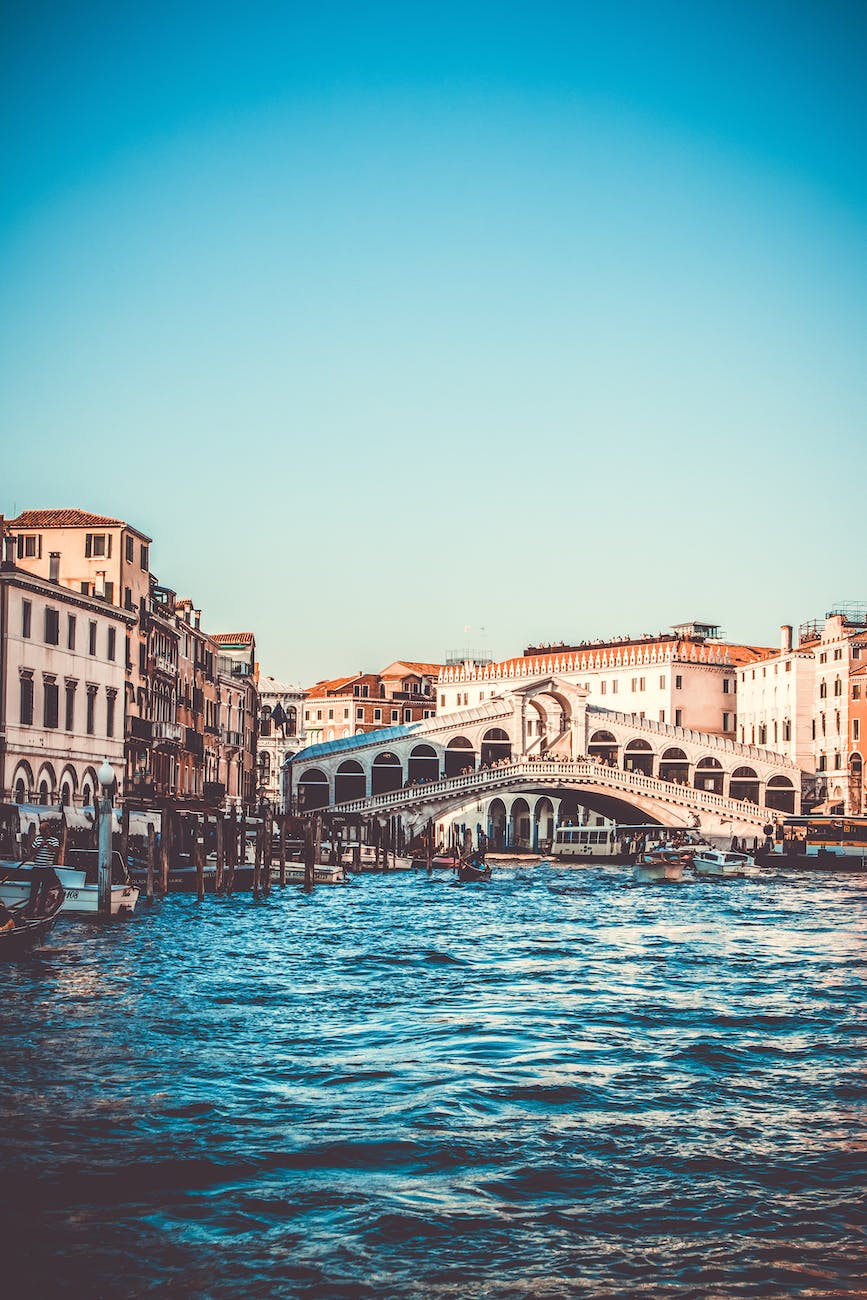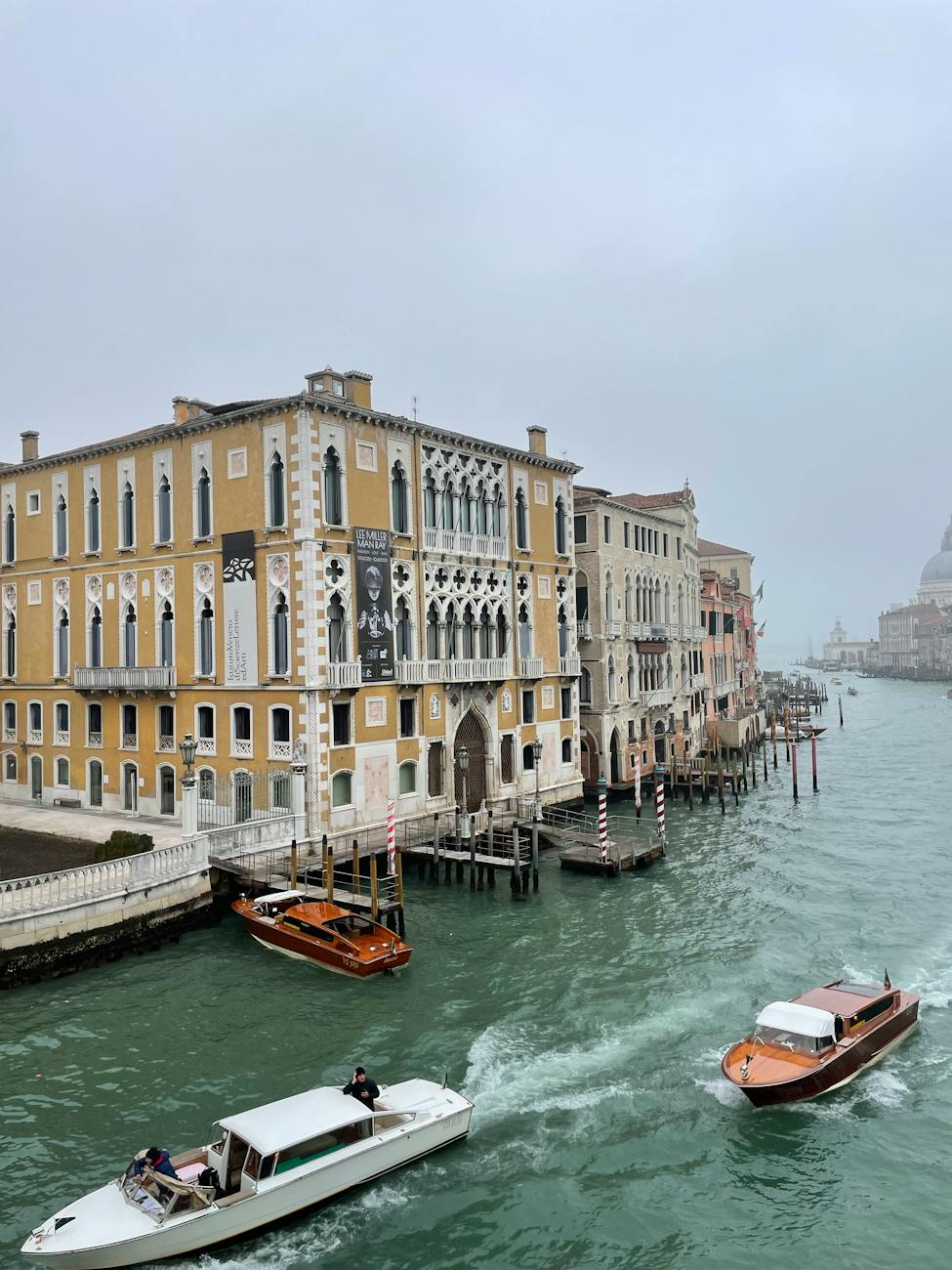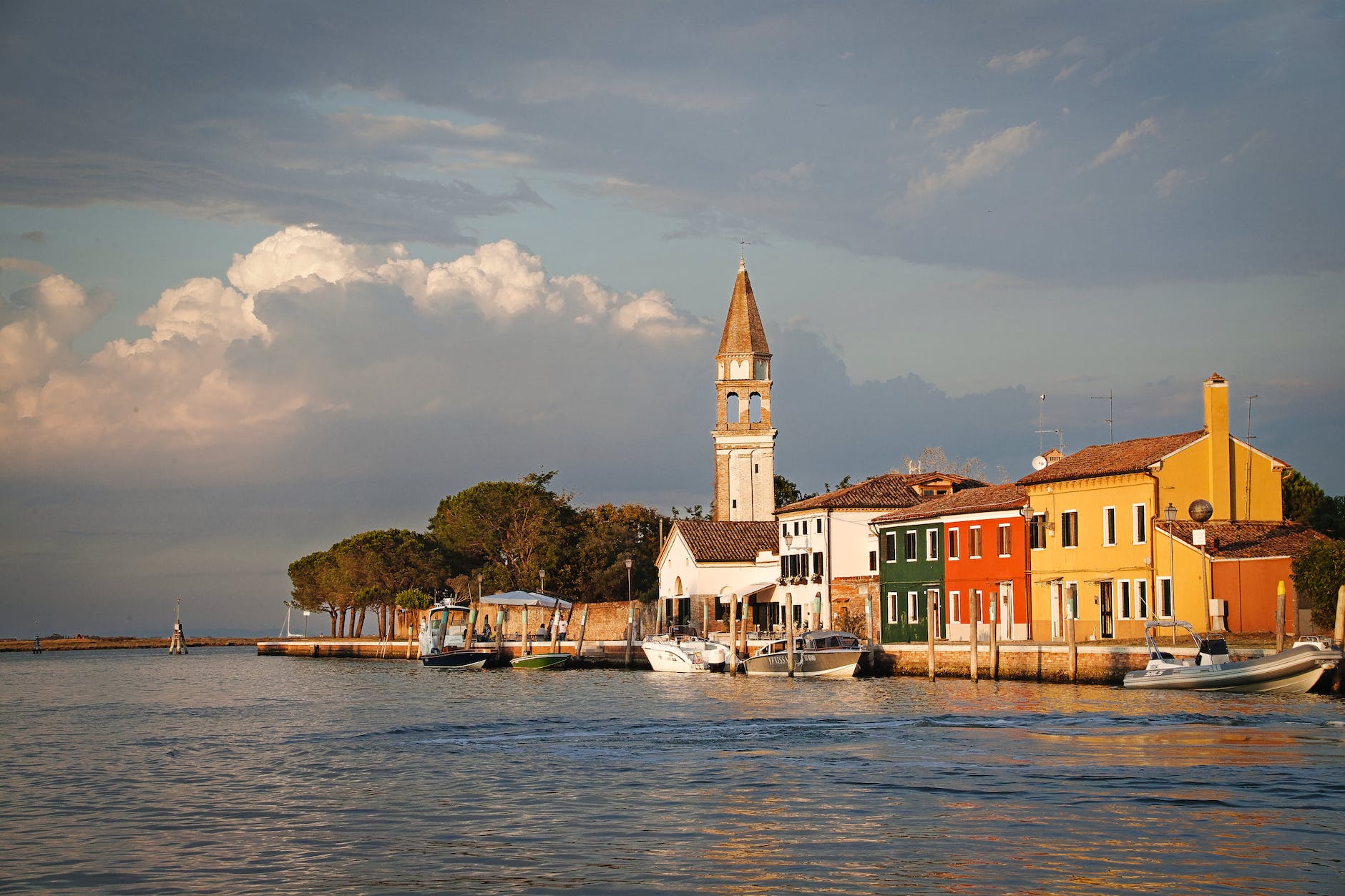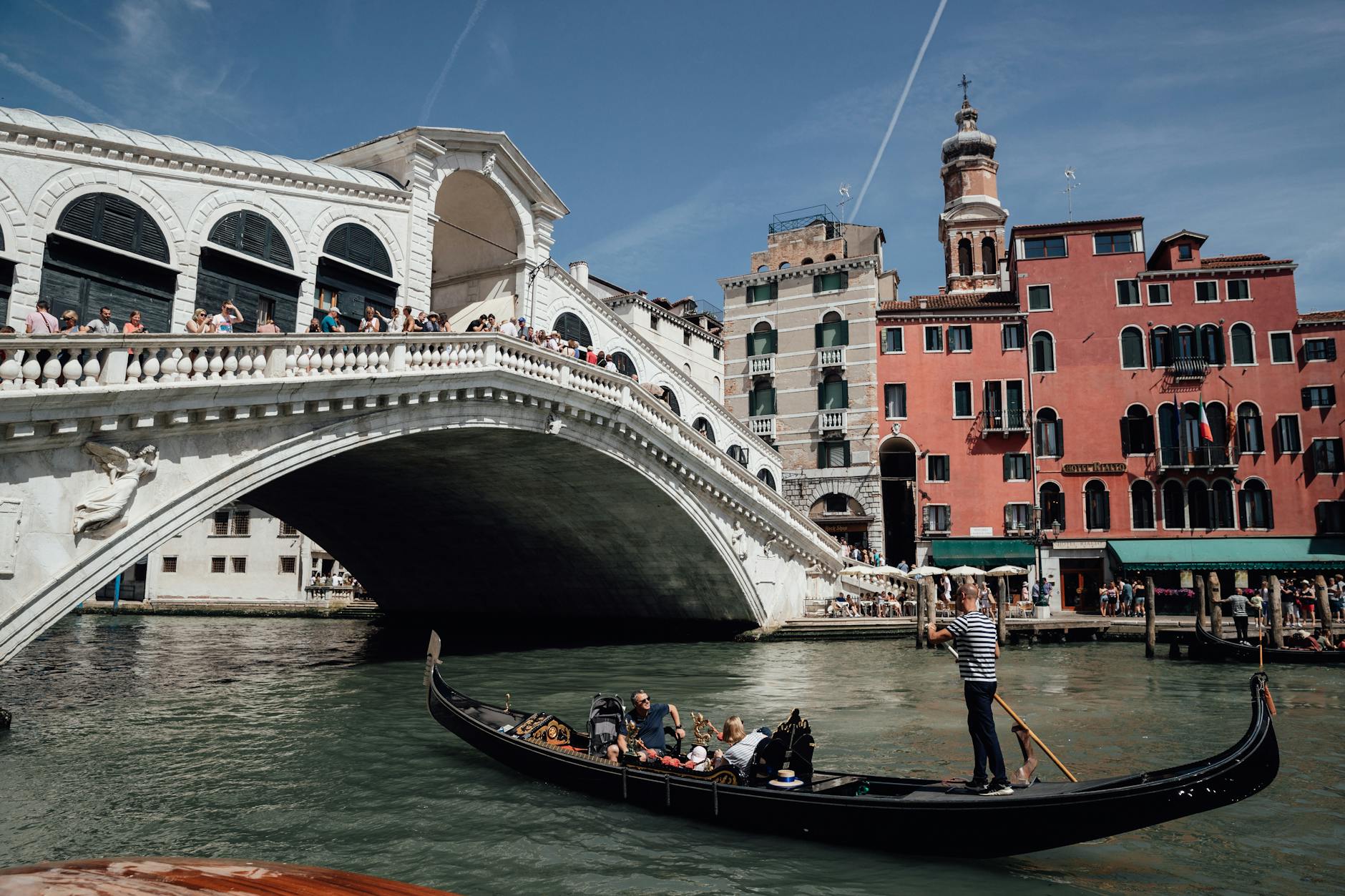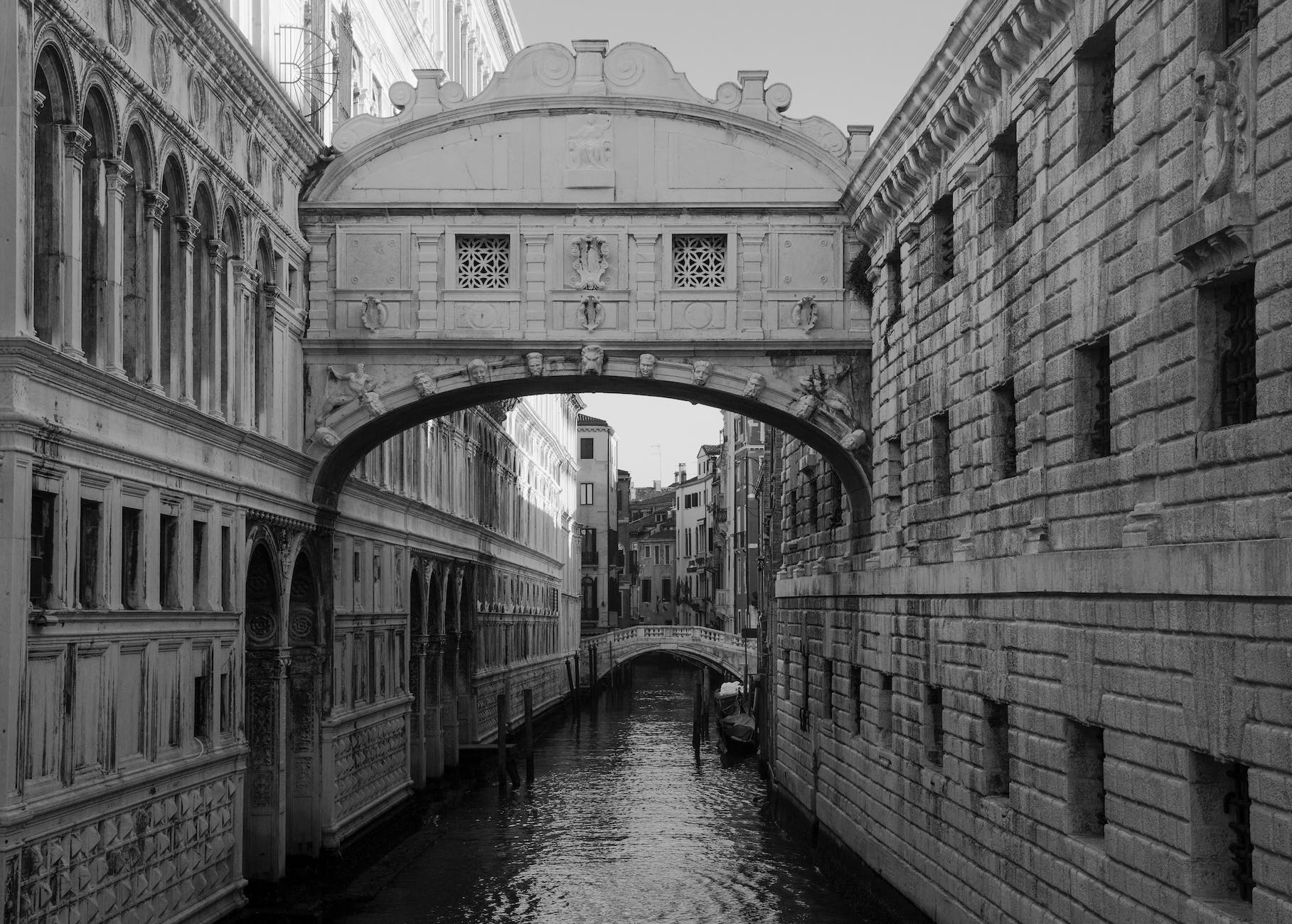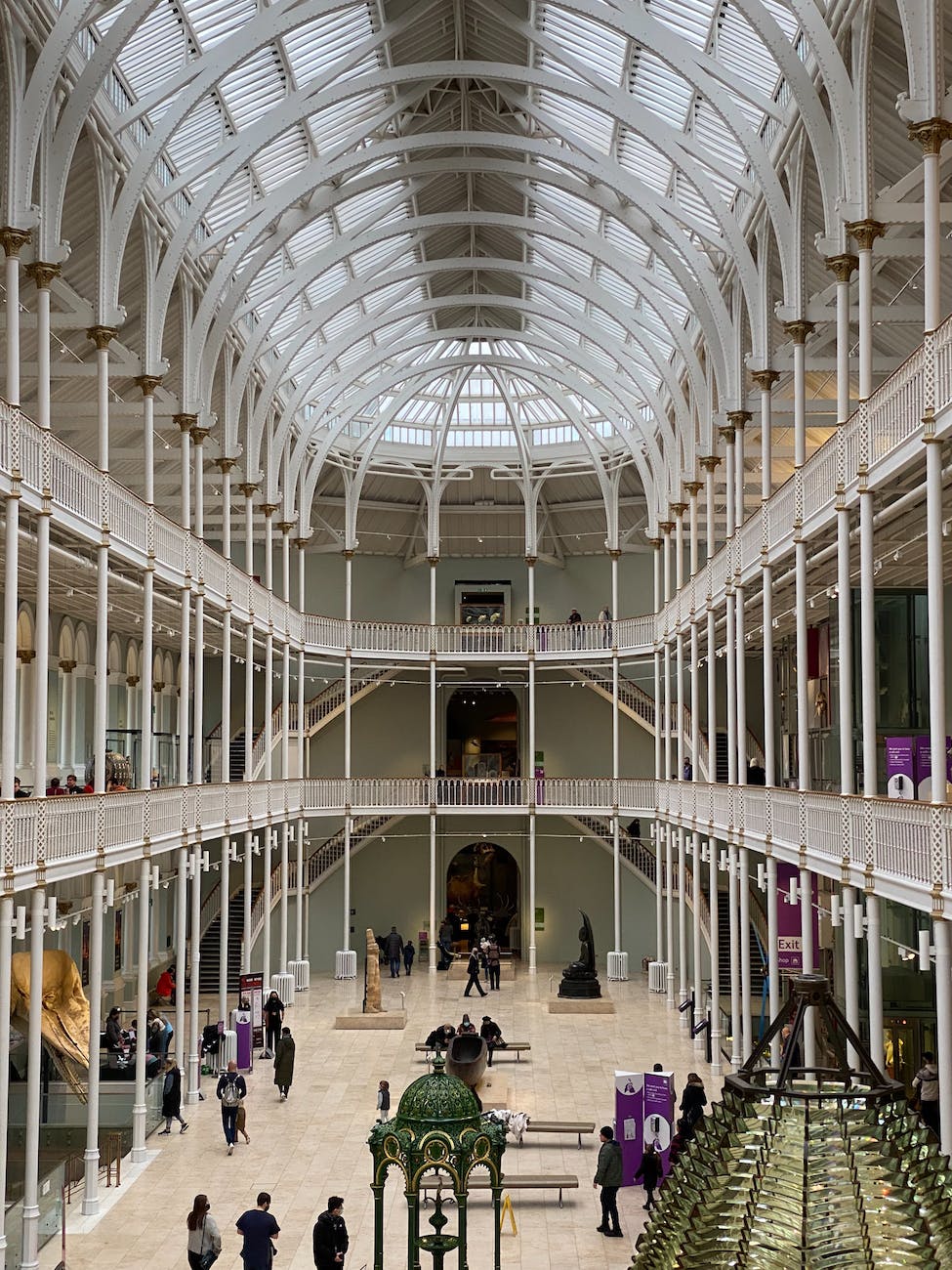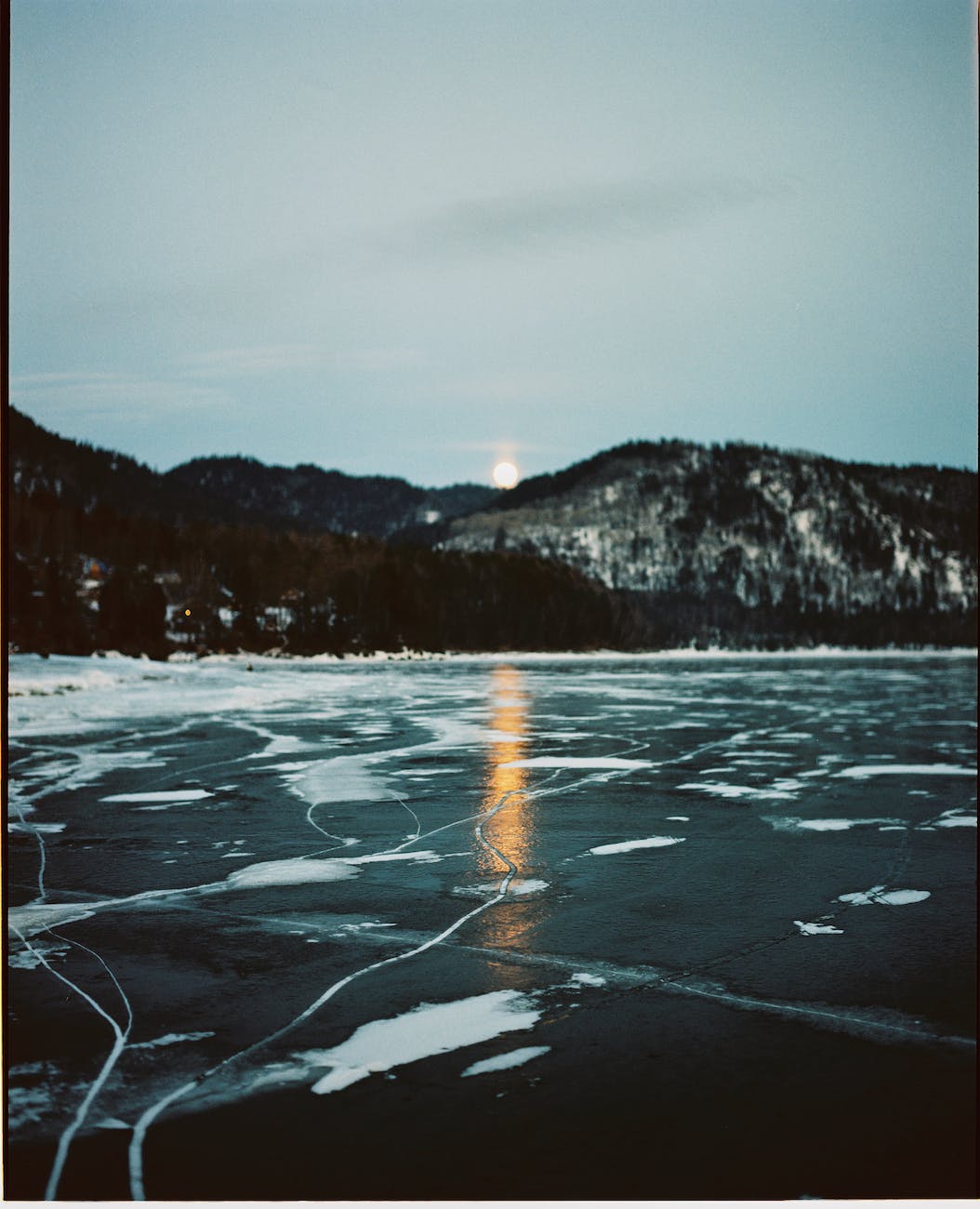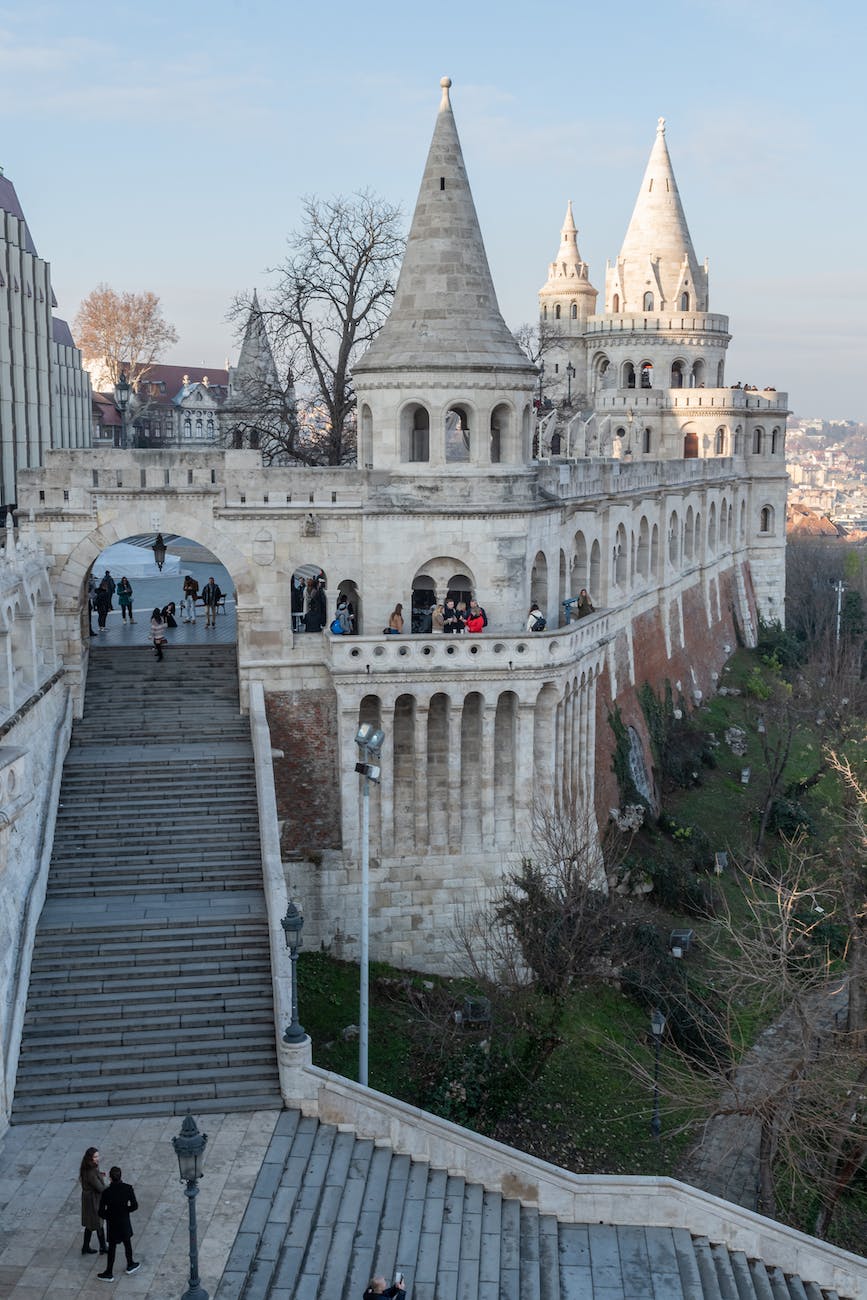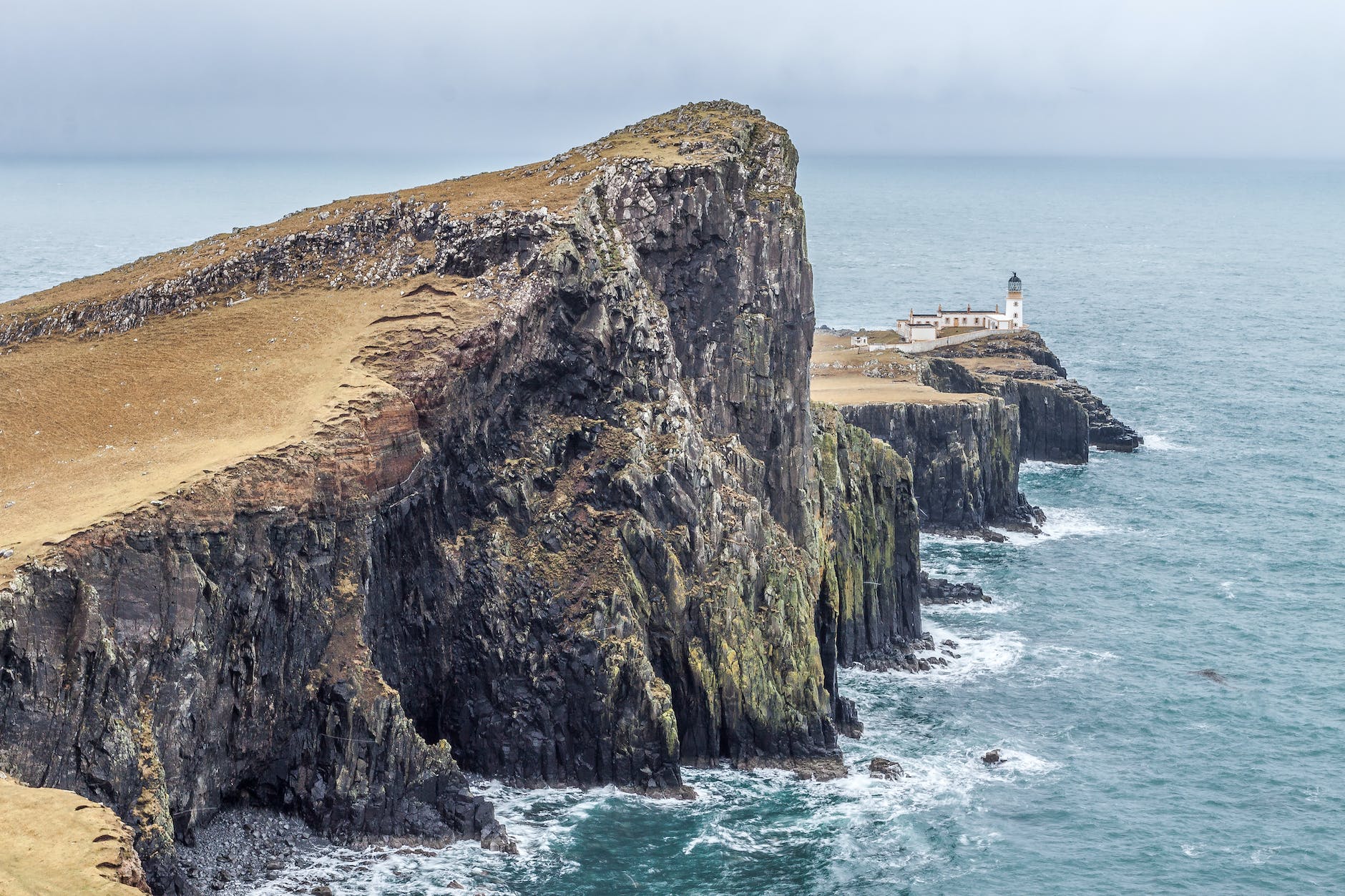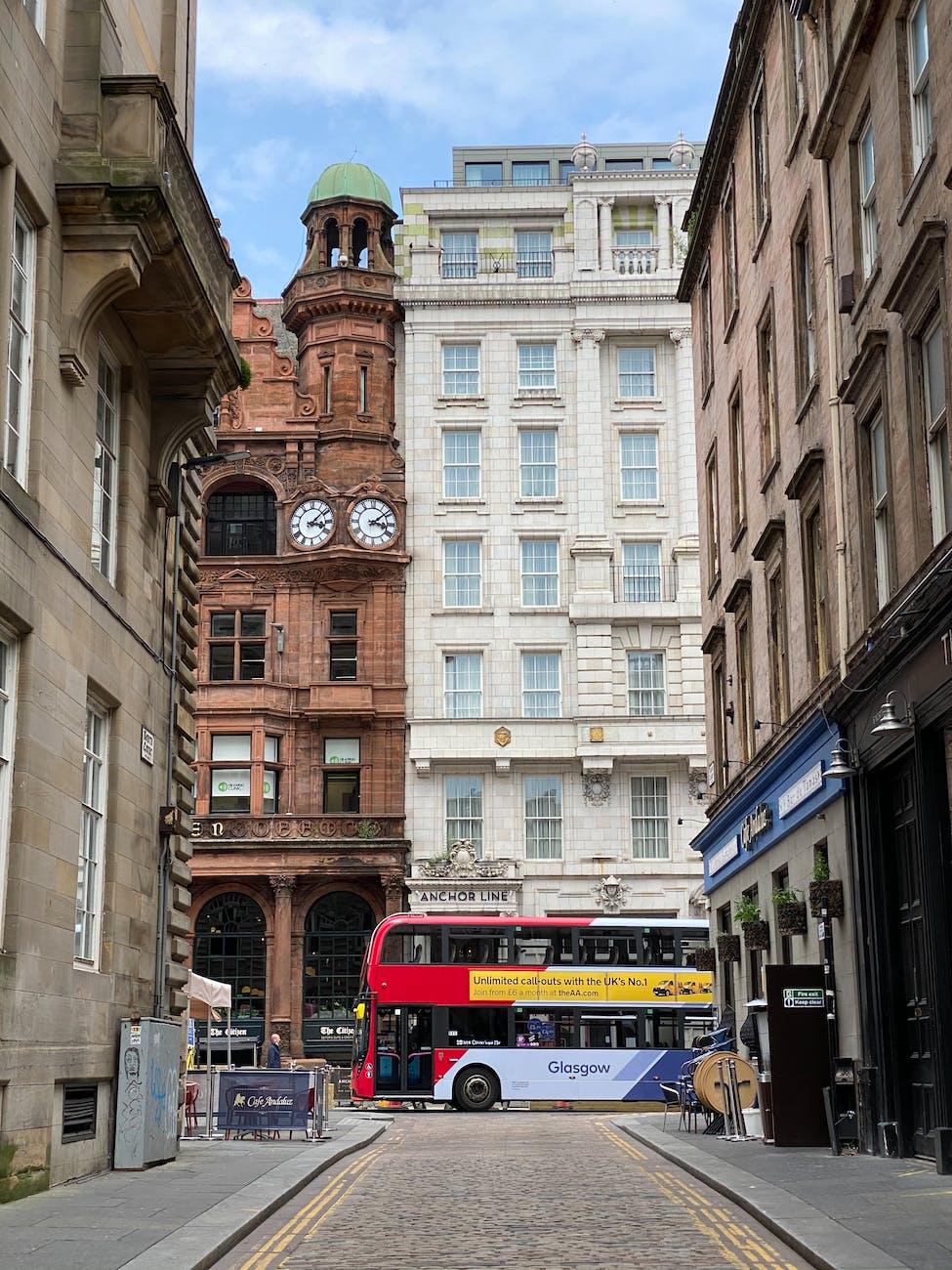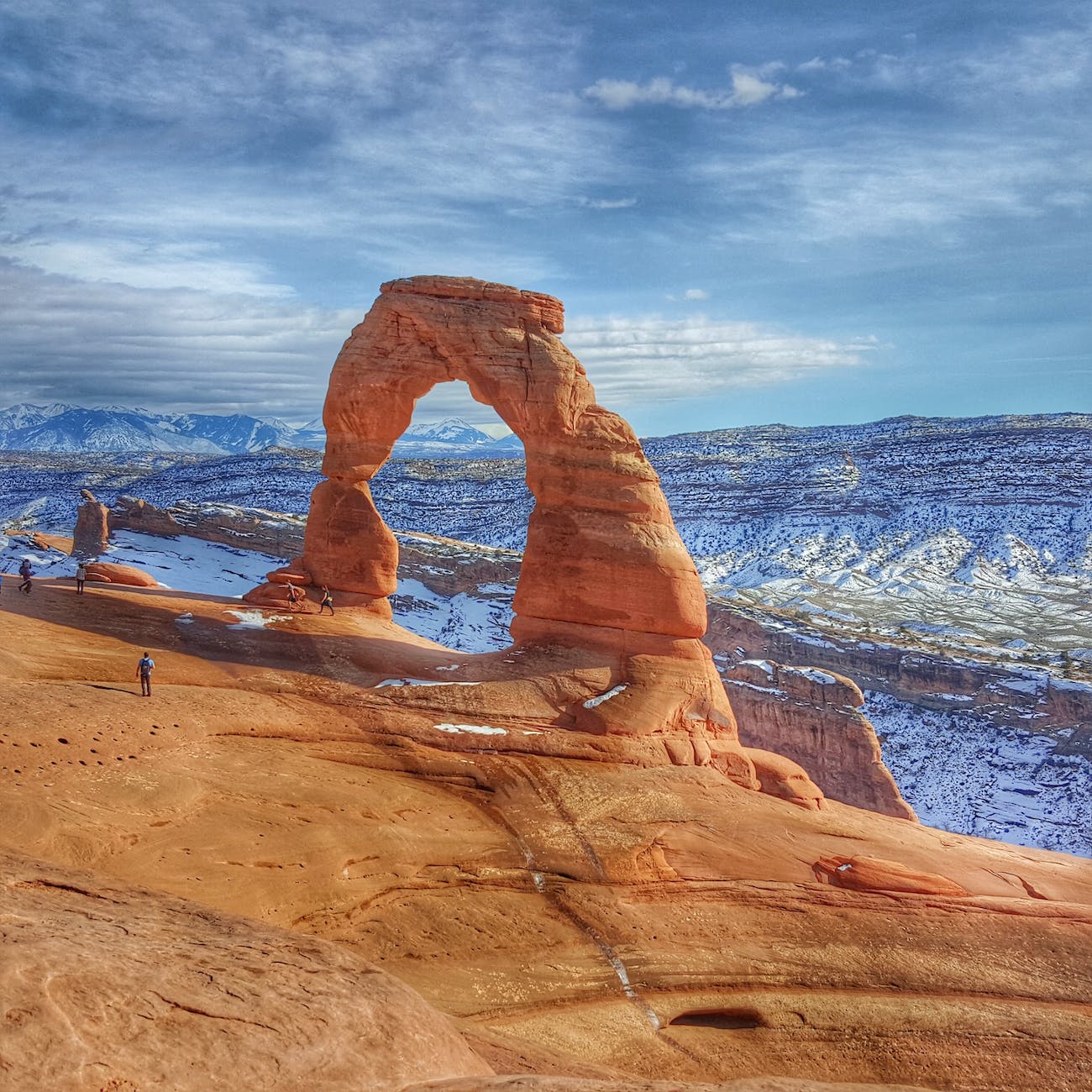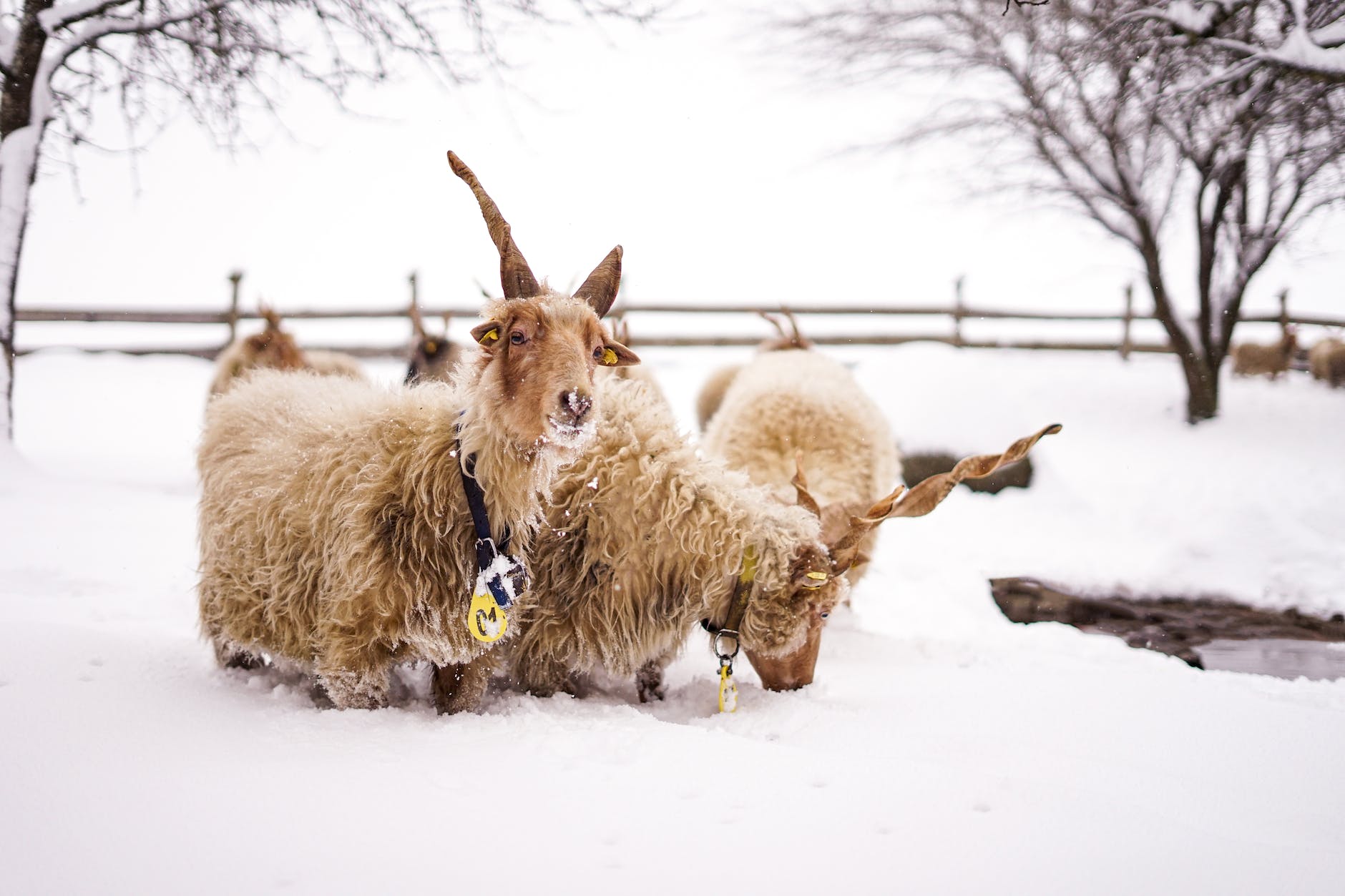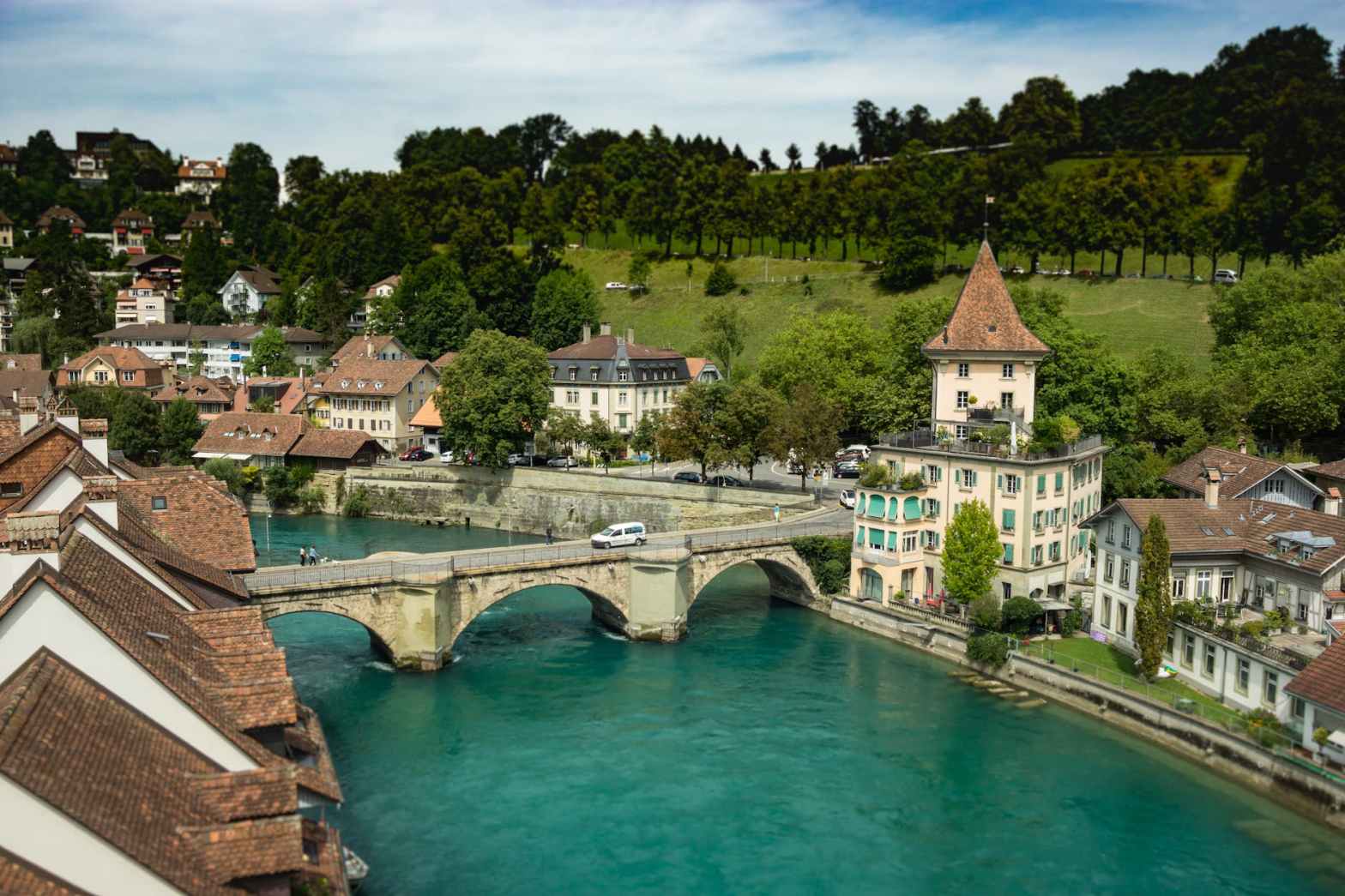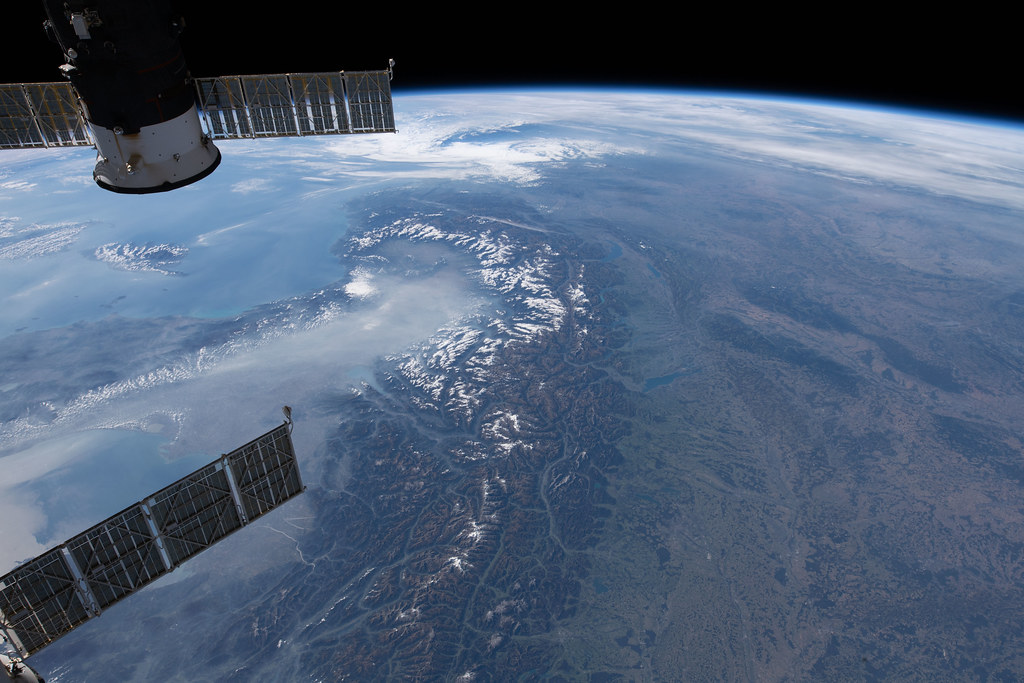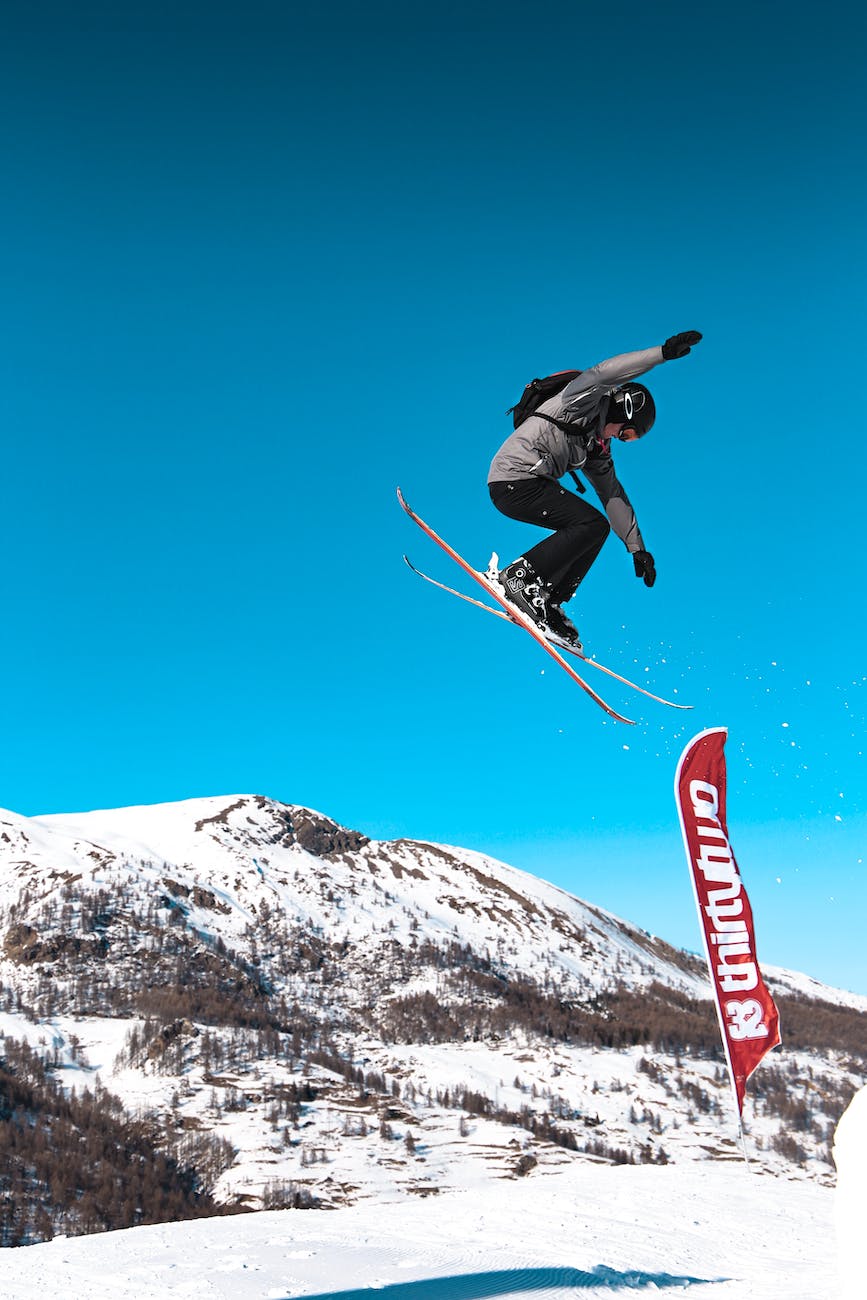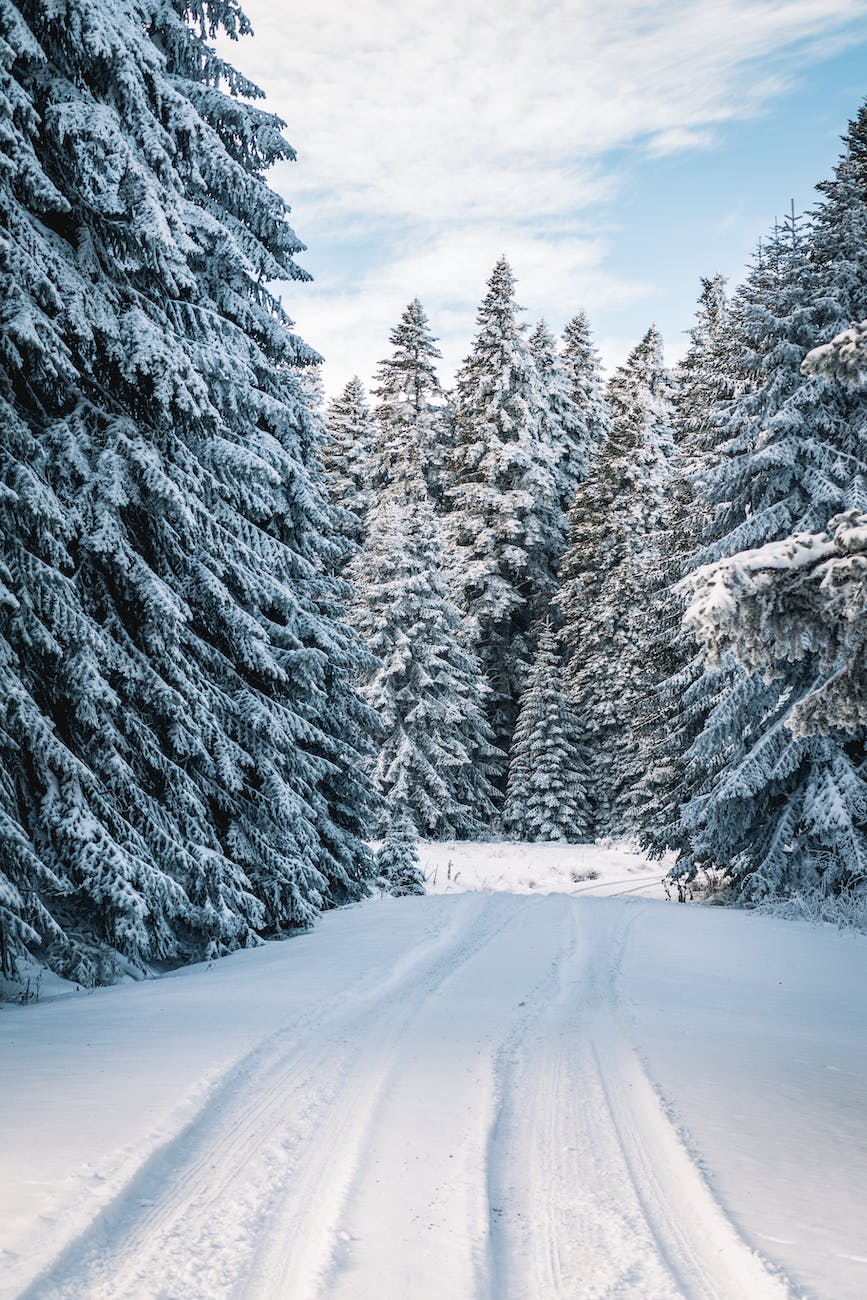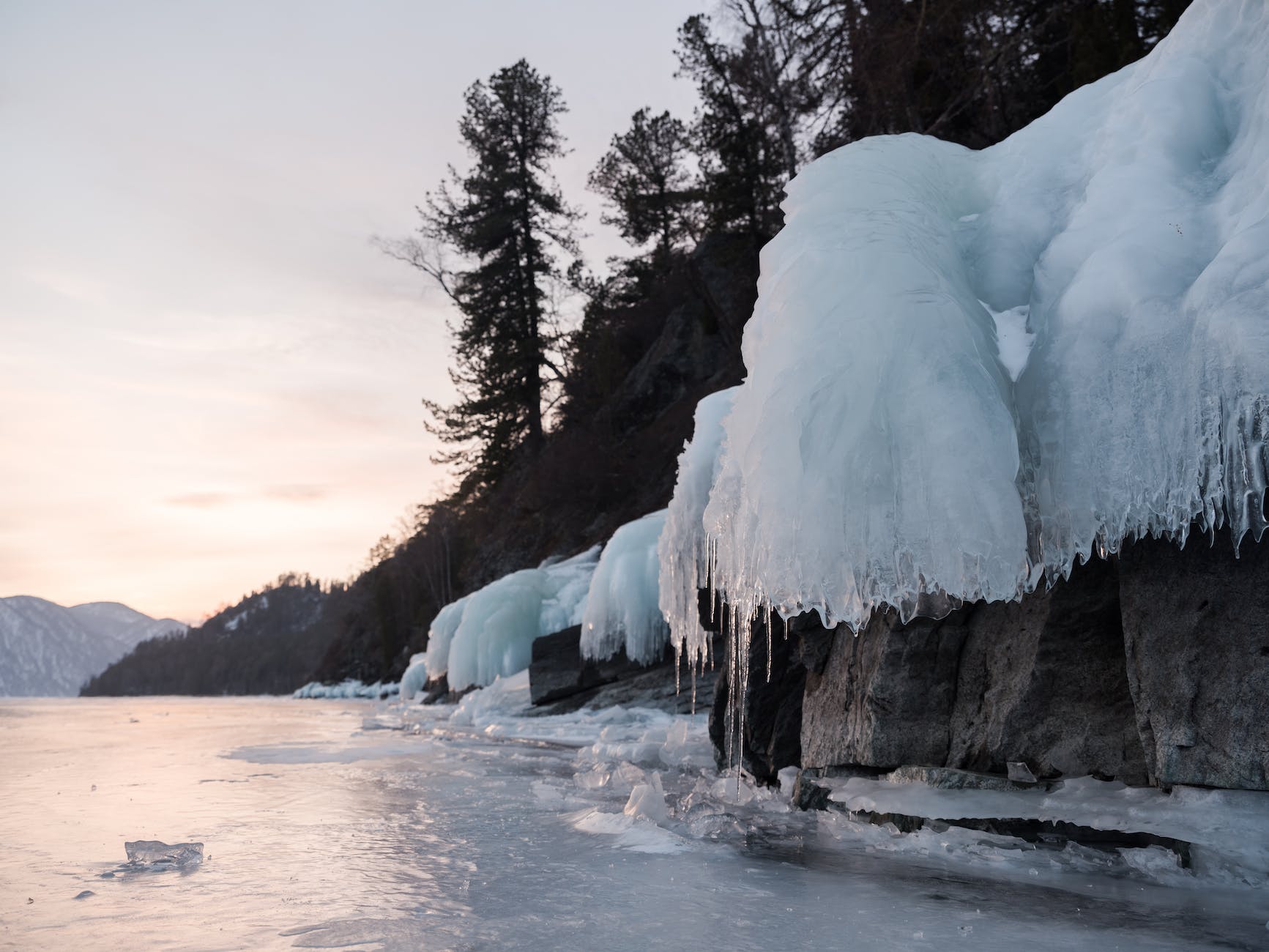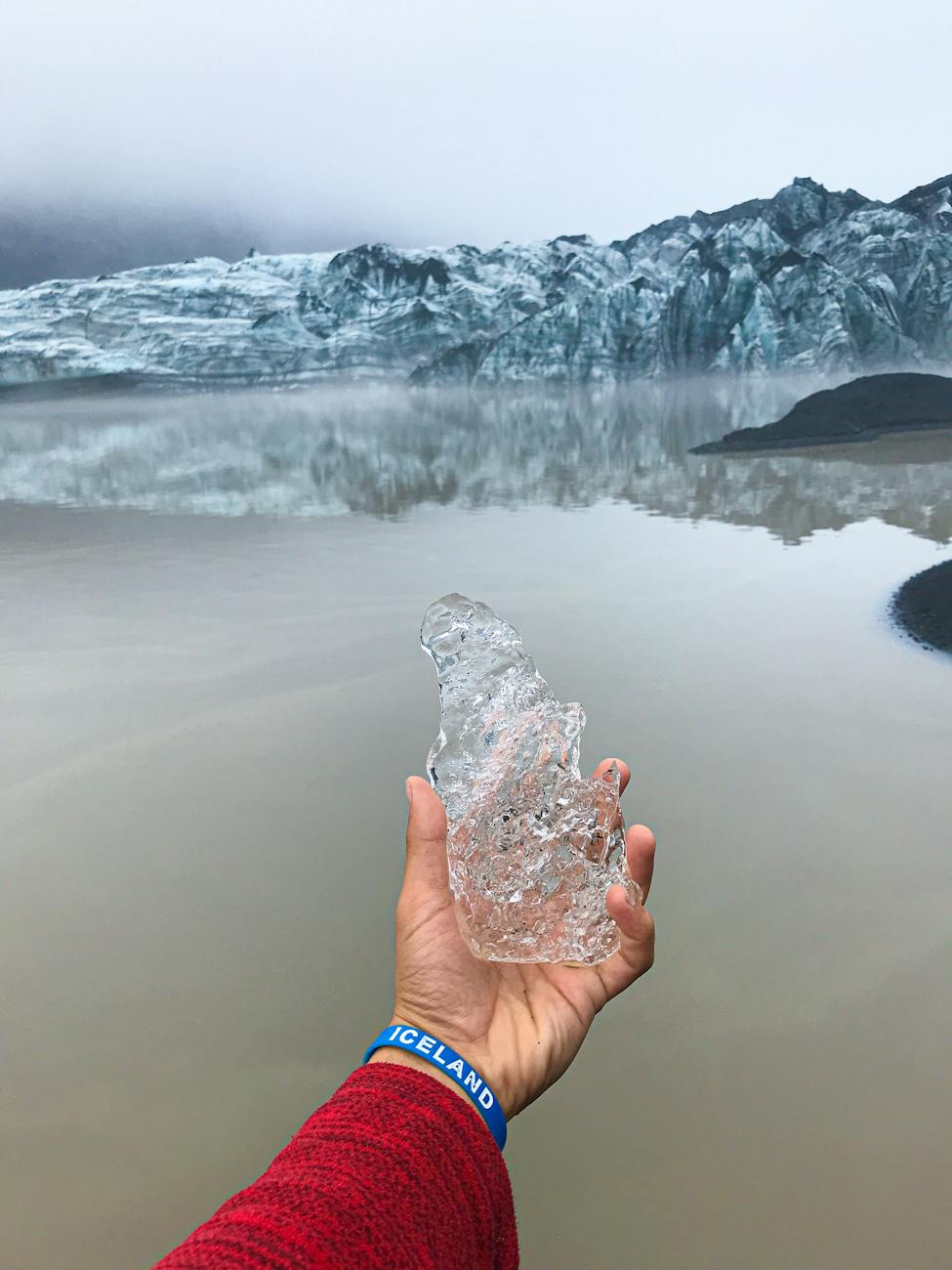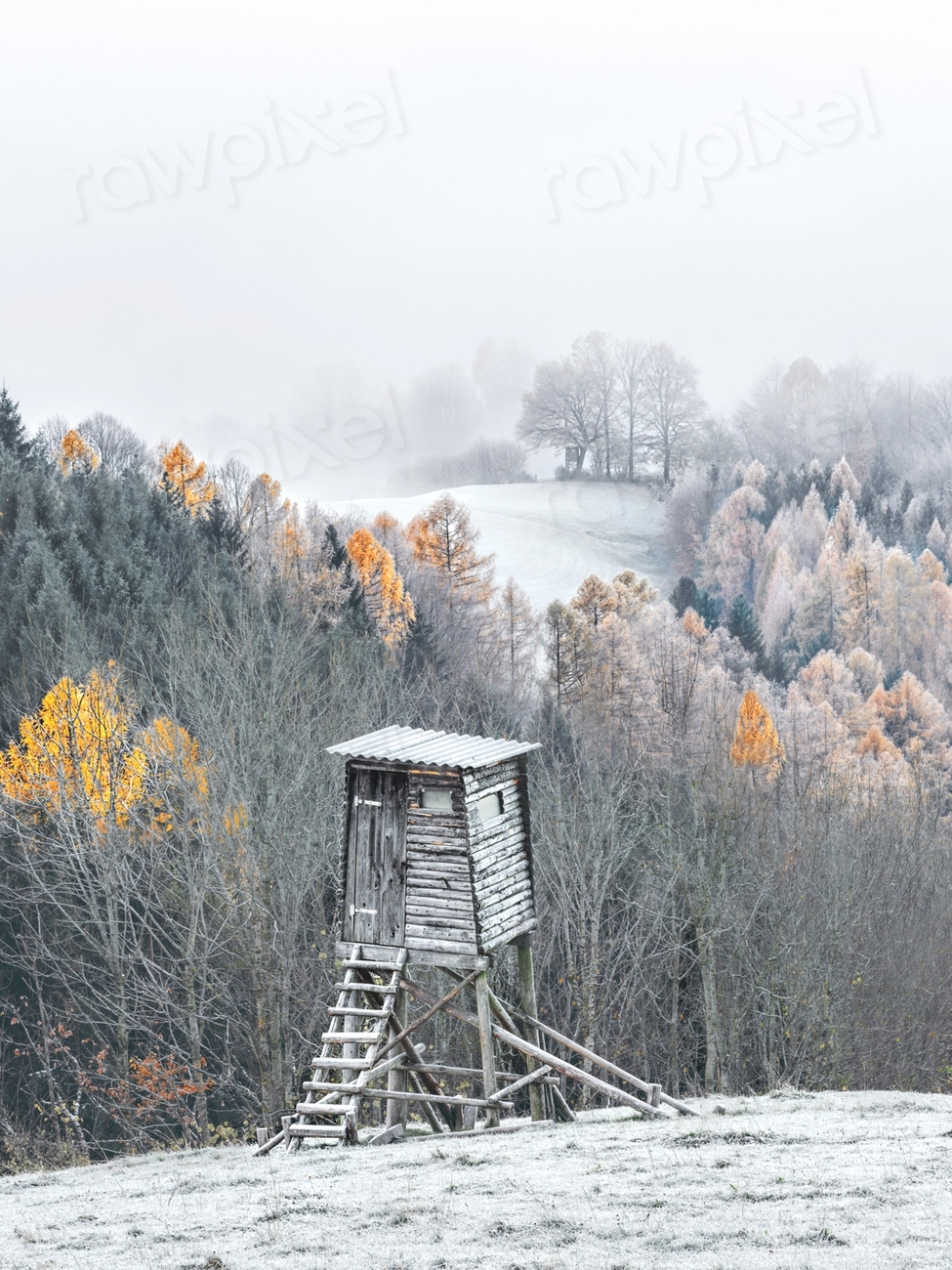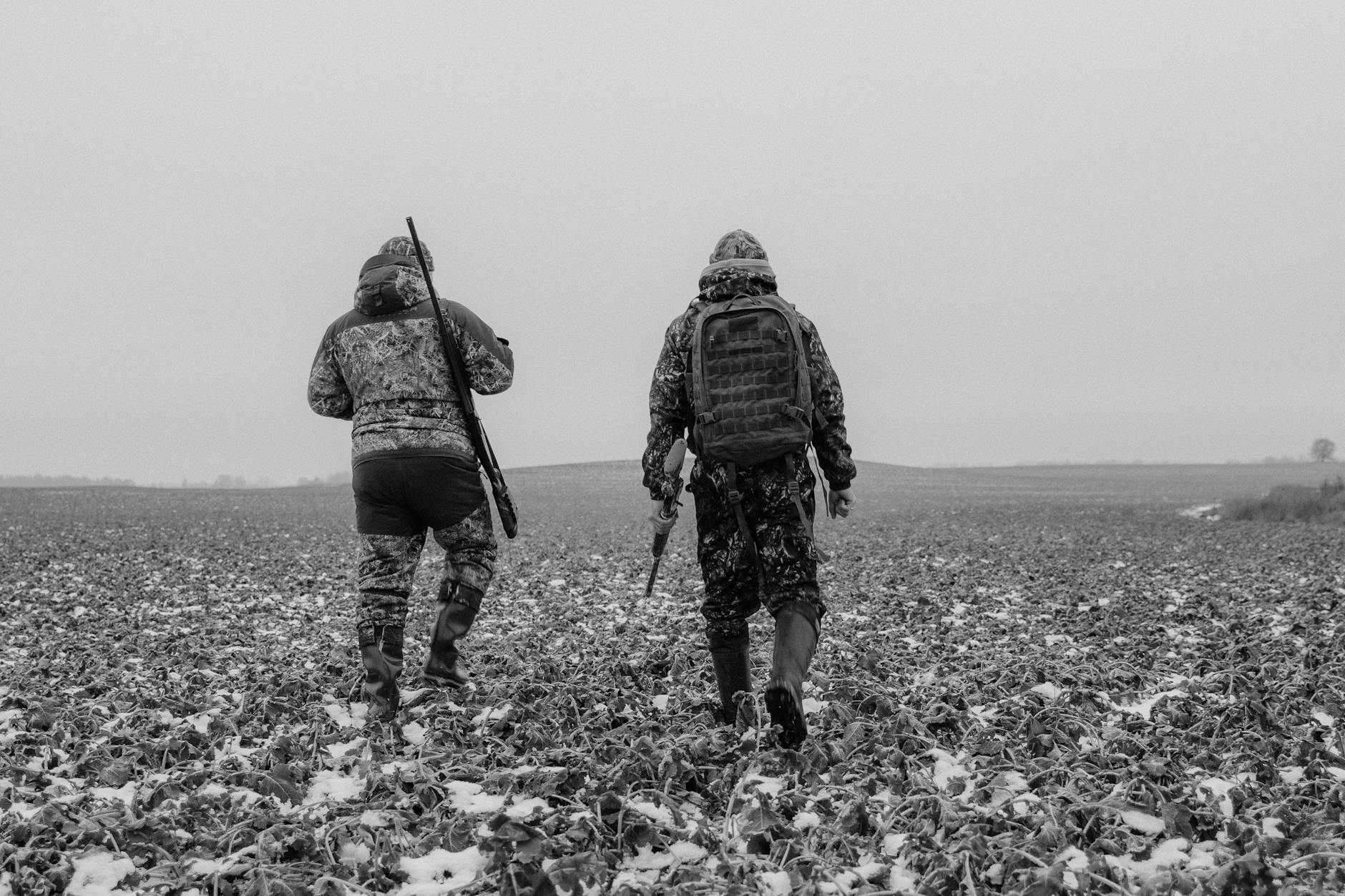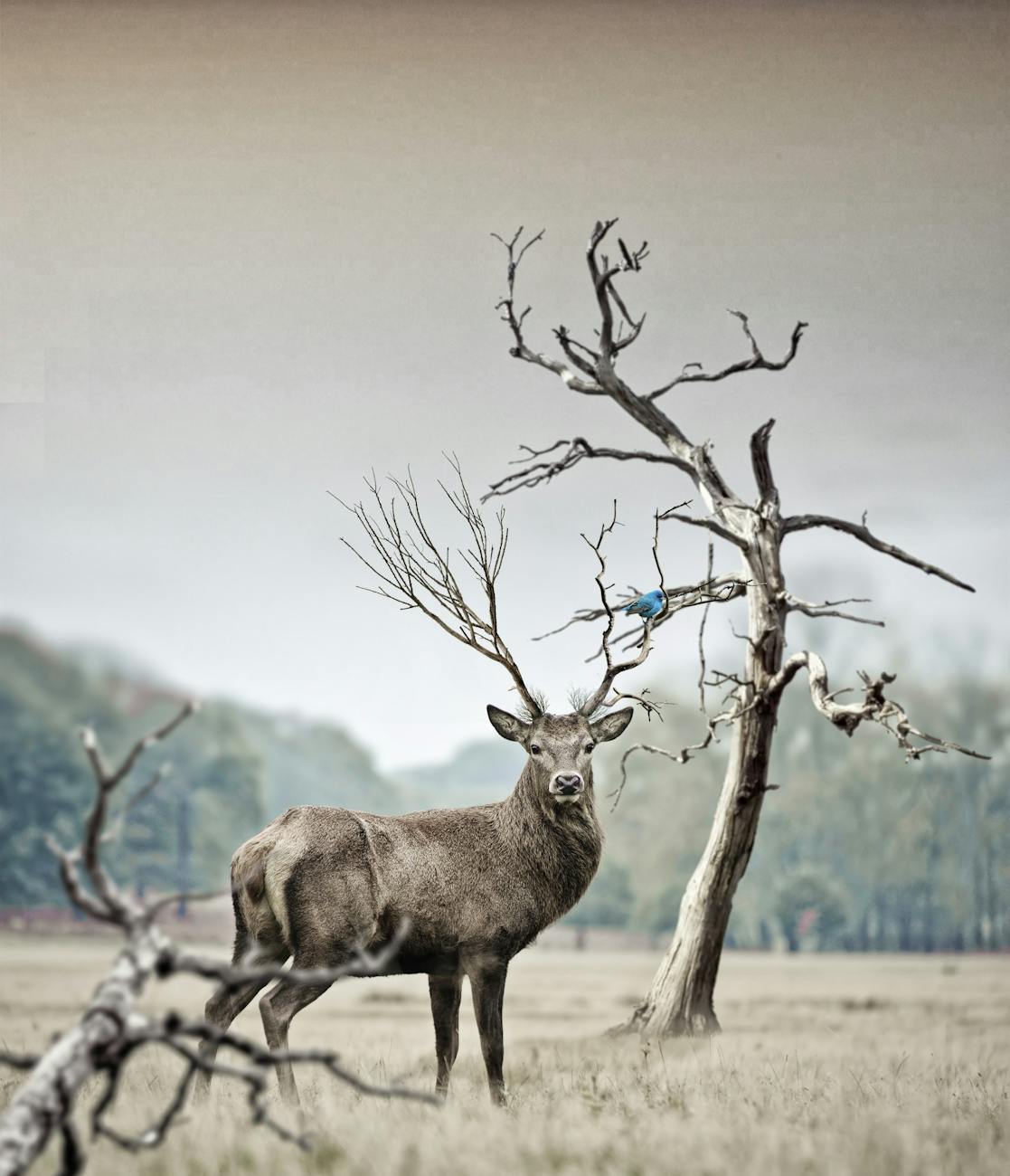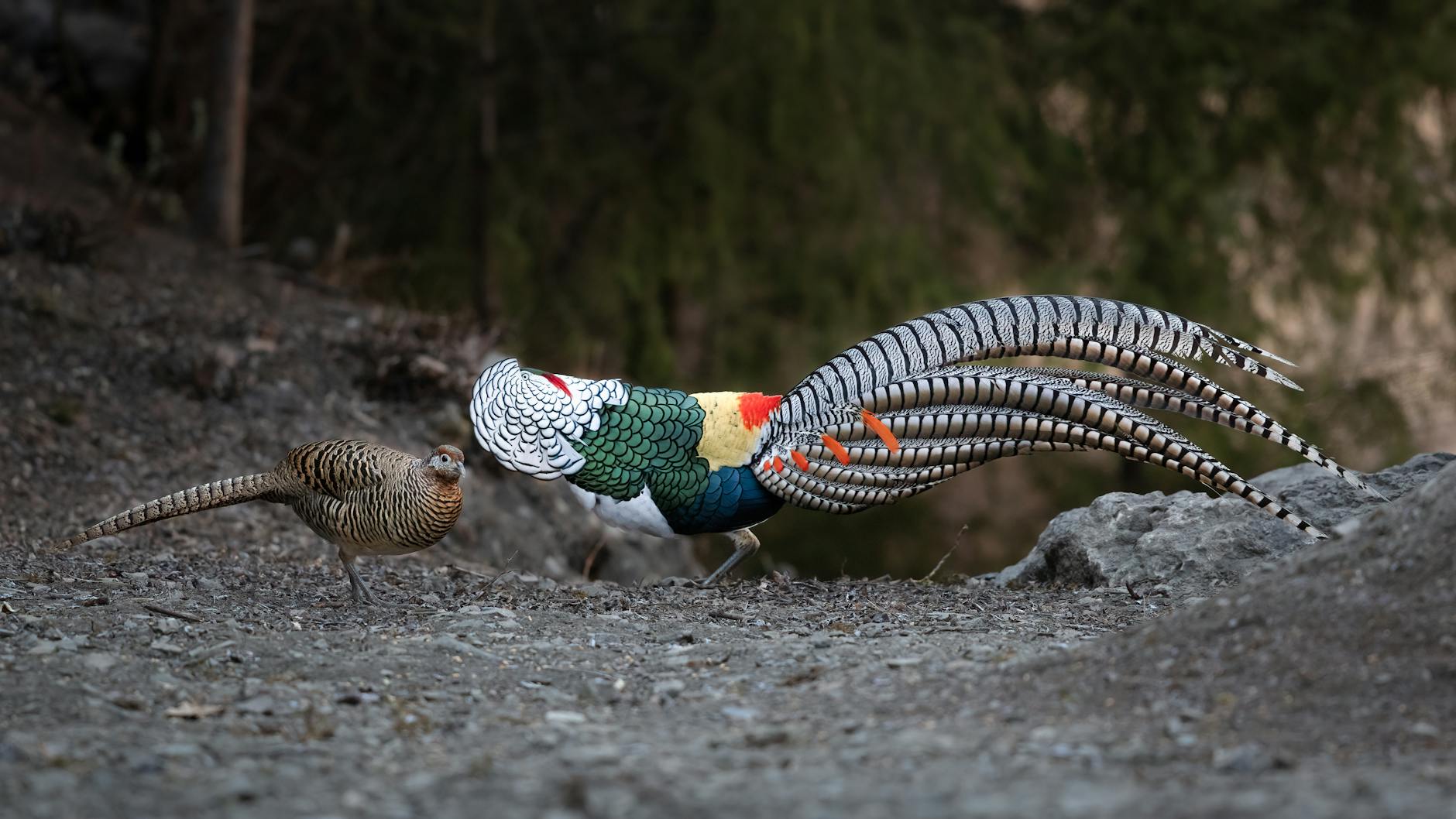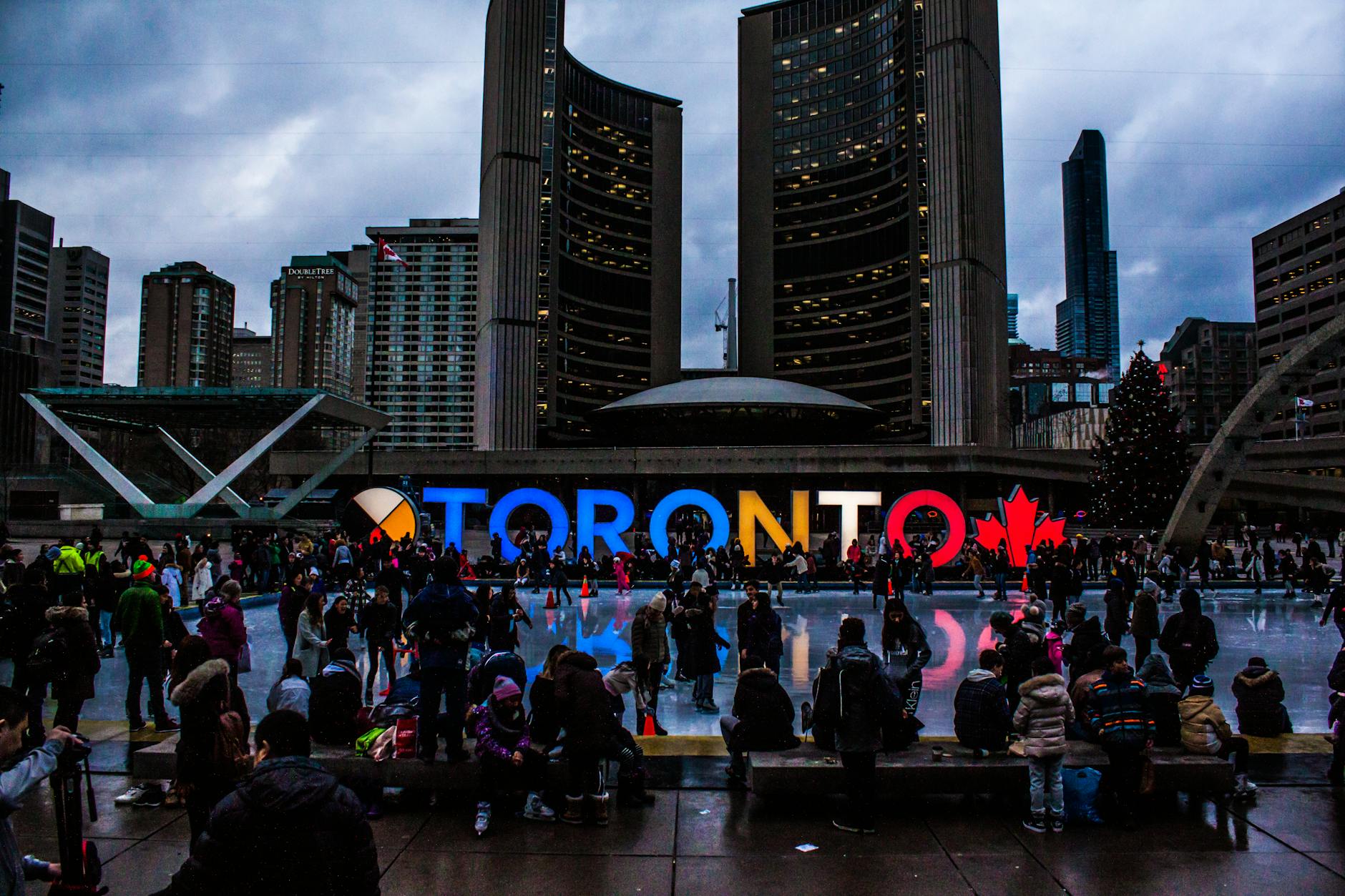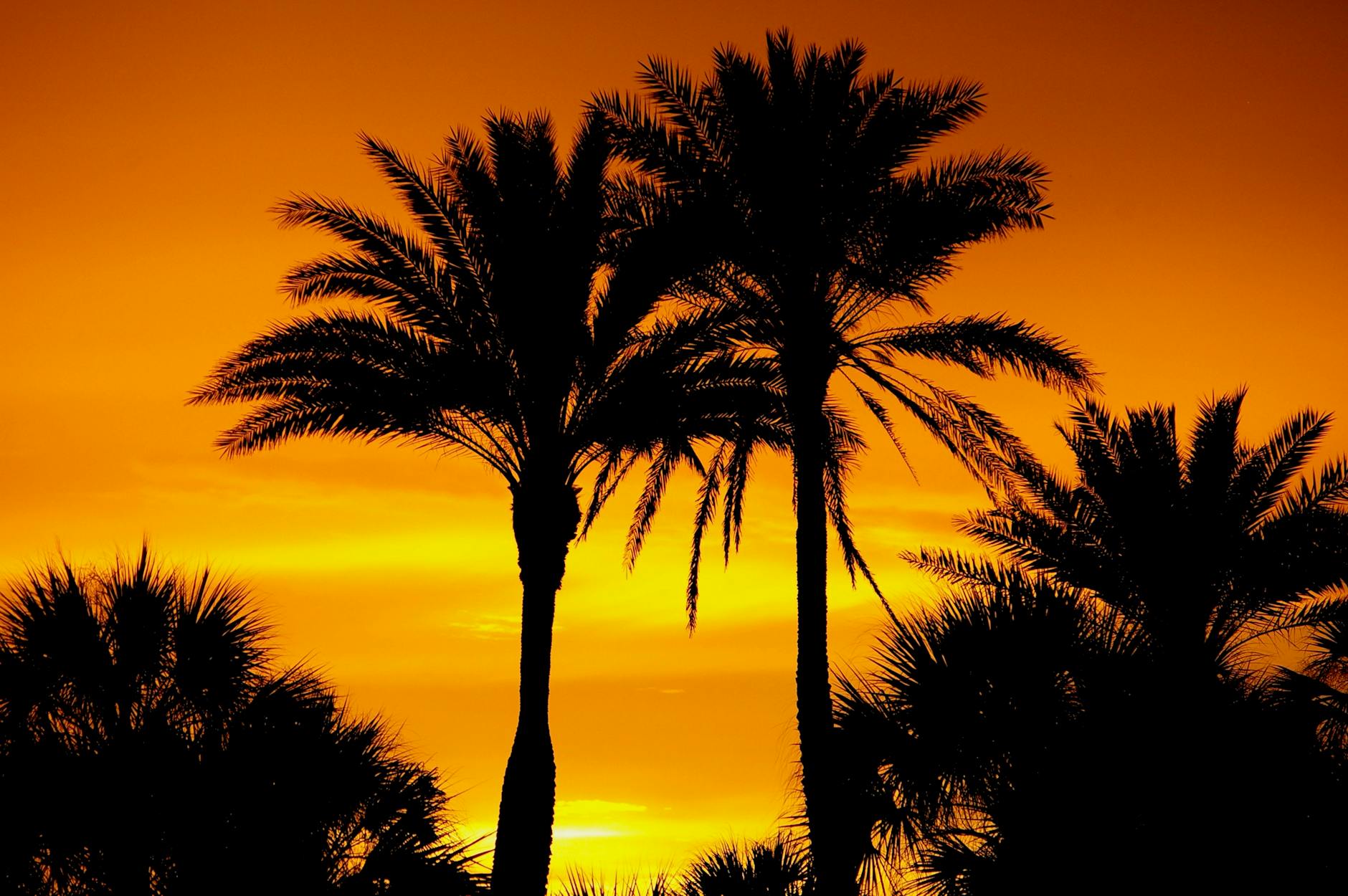
Florida in the summer offers a diverse range of attractions, from stunning beaches to thrilling theme parks and unique natural wonders. Here are the top five places to visit in Florida during the summer:
1. Miami Beach
Miami Beach is an iconic destination known for its vibrant culture, beautiful beaches, and lively atmosphere. In the summer, the city comes alive with events, festivals, and an exciting nightlife scene. South Beach, with its iconic Art Deco architecture and bustling streets, is the heart of Miami Beach.
During the day, visitors can relax on the pristine sandy beaches, take a dip in the turquoise waters of the Atlantic Ocean, or enjoy water sports such as paddleboarding and jet skiing. Ocean Drive, lined with colorful buildings and trendy cafes, is perfect for a leisurely stroll or people-watching.
For a taste of Miami’s diverse culinary scene, head to Lincoln Road Mall, where you’ll find an array of restaurants serving everything from fresh seafood to international cuisine. Don’t miss the opportunity to explore the vibrant neighborhoods of Little Havana and Wynwood, known for their colorful street art and vibrant cultural scene.
Read Also: 5 Places You Must See During The 2024 Paris Summer Olympics
2. Orlando
Orlando is synonymous with theme parks, making it a must-visit destination for families and thrill-seekers alike. Home to Walt Disney World Resort, Universal Orlando Resort, and SeaWorld Orlando, the city offers endless entertainment options for visitors of all ages.
At Walt Disney World Resort, you can explore the magic of the Magic Kingdom, the cinematic world of Disney’s Hollywood Studios, the futuristic attractions of EPCOT, and the wild adventures of Disney’s Animal Kingdom.
Universal Orlando Resort is another major attraction, featuring thrilling rides and attractions based on blockbuster movies and TV shows. From exploring The Wizarding World of Harry Potter to experiencing adrenaline-pumping roller coasters, there’s something for everyone at Universal Studios Florida and Universal’s Islands of Adventure.
For those looking to beat the heat, Aquatica Orlando and Discovery Cove offer refreshing water attractions and opportunities to swim with dolphins and other marine life.
3. The Florida Keys
The Florida Keys offer a tropical paradise with stunning coral reefs, crystal-clear waters, and laid-back island vibes. Stretching from Key Largo to Key West, this chain of islands is perfect for snorkeling, diving, fishing, and soaking up the sun.
Key Largo, known as the “Diving Capital of the World,” offers some of the best diving and snorkeling opportunities in the United States. Visitors can explore the underwater wonders of John Pennekamp Coral Reef State Park or take a glass-bottom boat tour to see the vibrant marine life.
As you drive along the Overseas Highway, you’ll pass through picturesque islands connected by bridges, including Islamorada and Marathon, each offering its own unique attractions and activities. Key West, the southernmost city in the continental United States, is famous for its historic architecture, lively nightlife, and stunning sunsets at Mallory Square.
4. Everglades National Park
Everglades National Park is a unique ecosystem that is home to a diverse array of wildlife, including alligators, manatees, and endangered species like the Florida panther. Exploring the Everglades is a must-do experience for nature lovers and outdoor enthusiasts.
Visitors can take airboat tours through the park’s vast wetlands, providing an up-close look at its unique flora and fauna. The Shark Valley Tram Tour offers another way to explore the park, with a narrated tram ride through the heart of the Everglades.
For those seeking adventure, hiking and biking trails wind through the park’s diverse landscapes, offering opportunities to spot wildlife and learn about the area’s natural history. Don’t forget to stop by the Ernest F. Coe Visitor Center to learn more about the park’s ecosystems and conservation efforts.
5. St. Augustine
St. Augustine, located on Florida’s northeastern coast, is the oldest city in the United States and is rich in history, culture, and charm. Visitors can explore the city’s Spanish colonial architecture, cobblestone streets, and historic landmarks.
The centerpiece of St. Augustine is the Castillo de San Marcos, a 17th-century fortress that offers guided tours and stunning views of the city and Matanzas Bay. Nearby, the St. Augustine Lighthouse & Maritime Museum provides insight into the area’s maritime history and offers panoramic views from the top of the lighthouse.
For a taste of the city’s vibrant culture, stroll down St. George Street, lined with shops, restaurants, and galleries. You can also take a scenic cruise along the Matanzas River or visit the St. Augustine Alligator Farm Zoological Park to see exotic wildlife up close.
These five destinations offer a diverse range of experiences, from relaxing beach getaways to thrilling adventures, making Florida the perfect summer destination for travelers of all ages. Whether you’re seeking sun-soaked beaches, world-class attractions, or natural wonders, Florida has something for everyone to enjoy.

